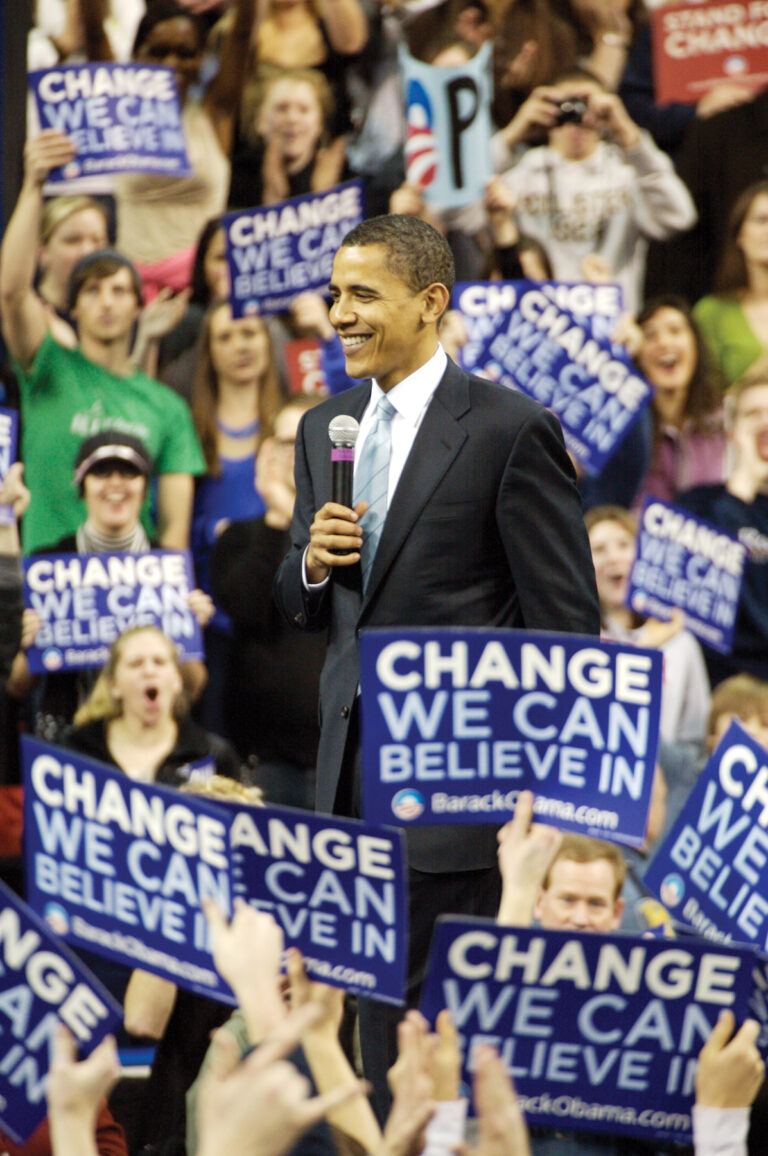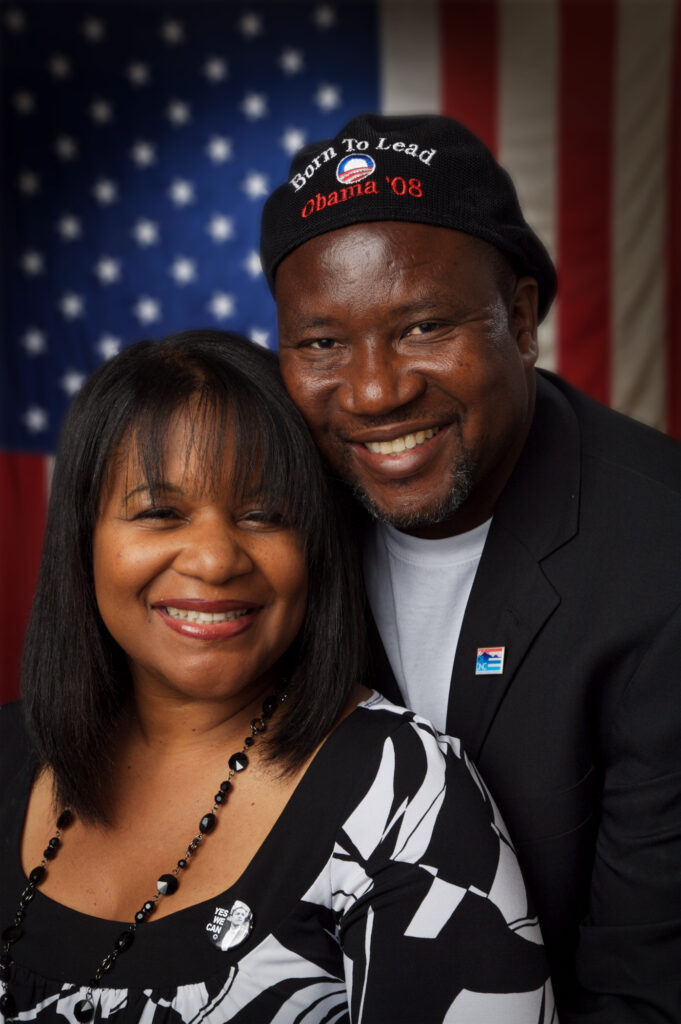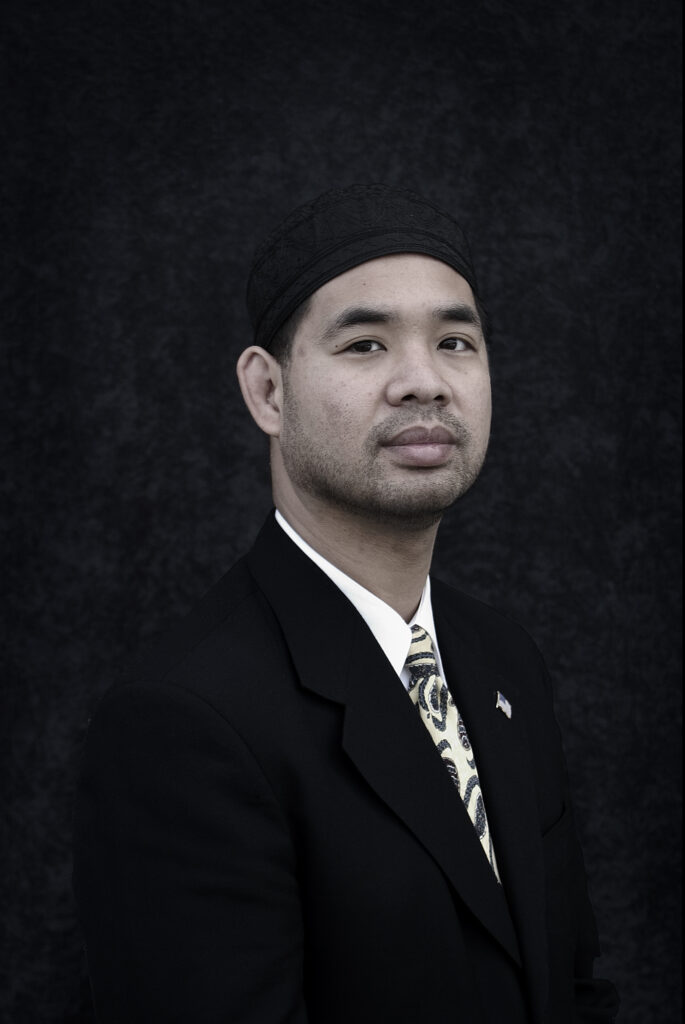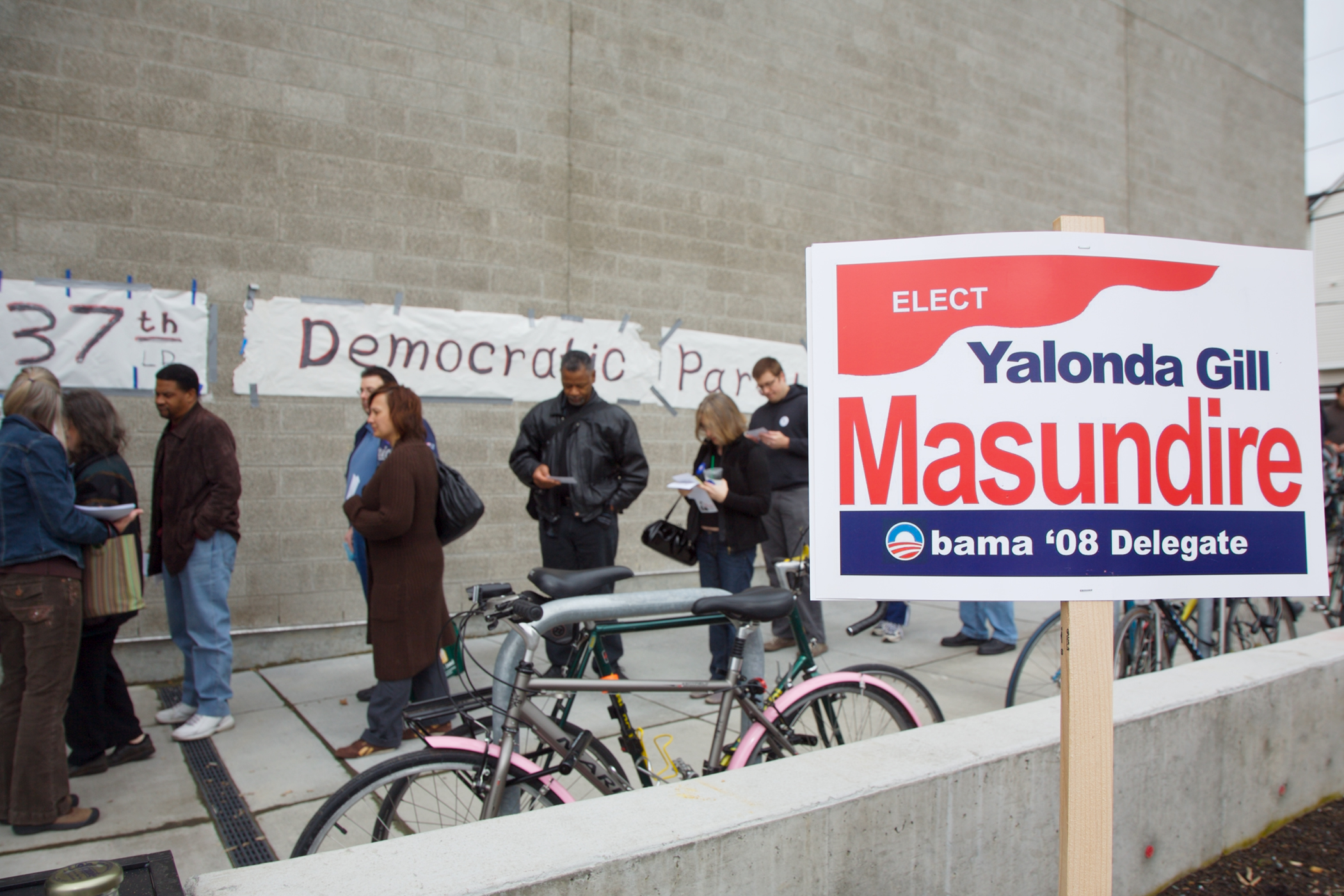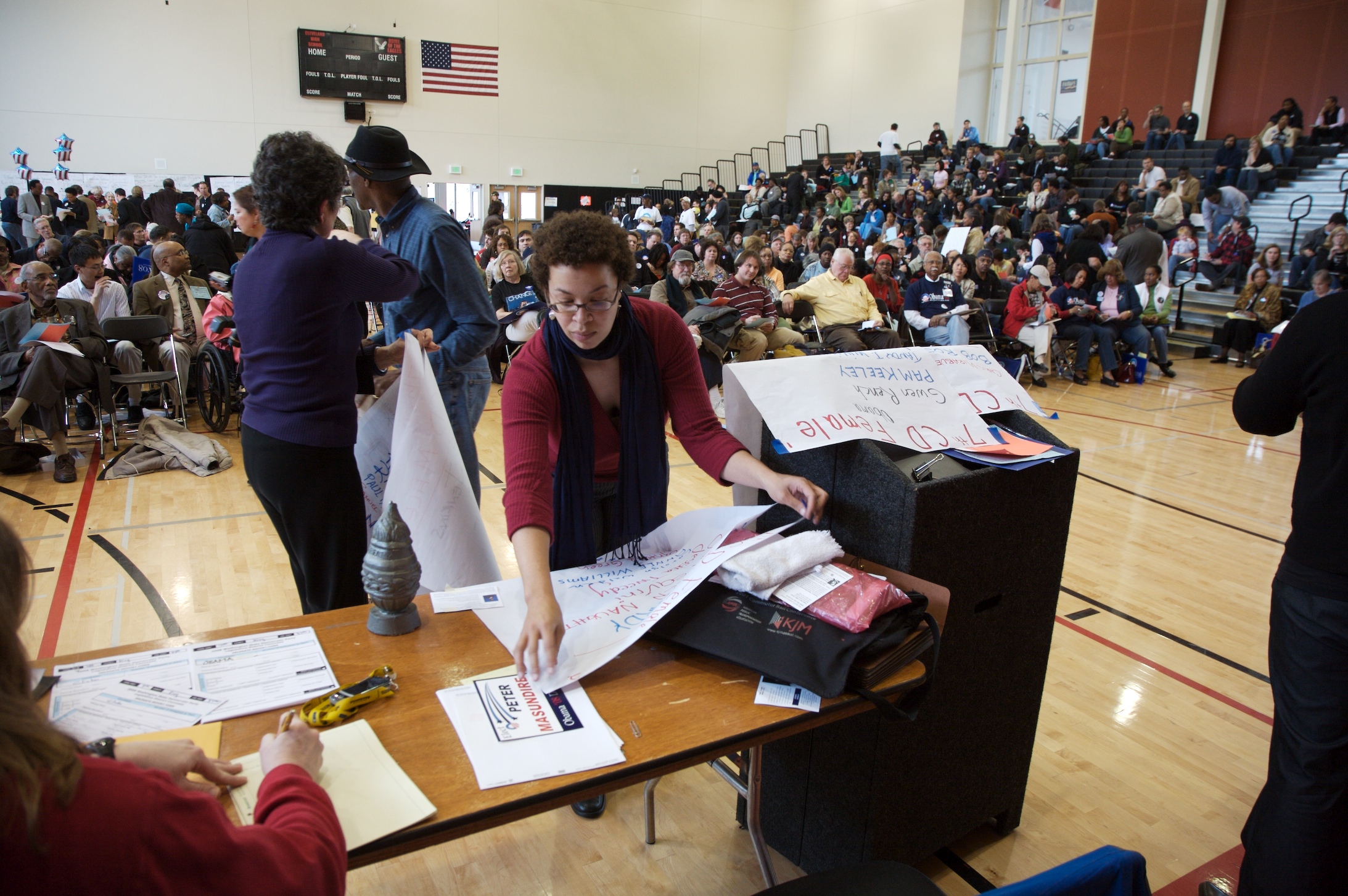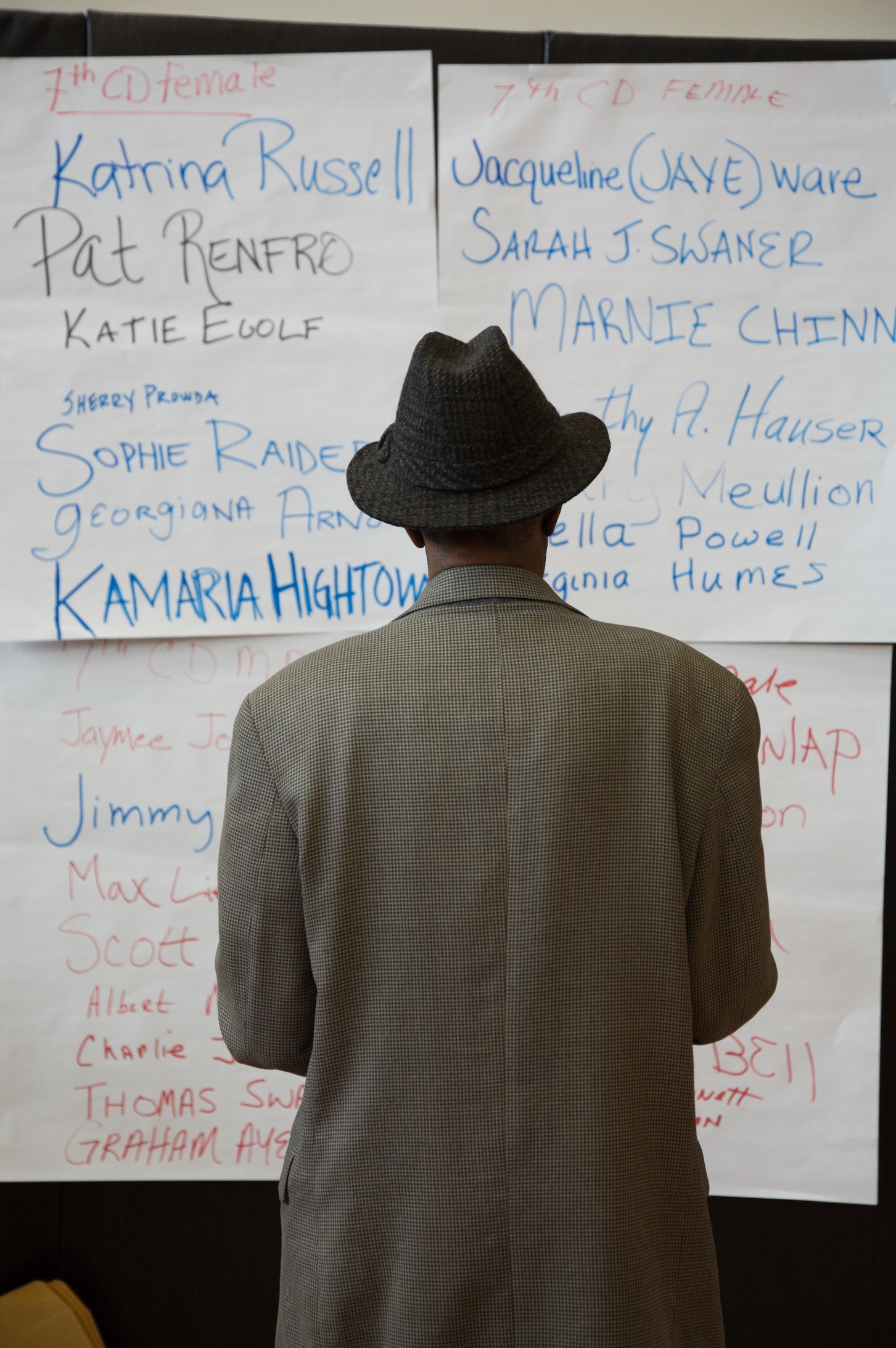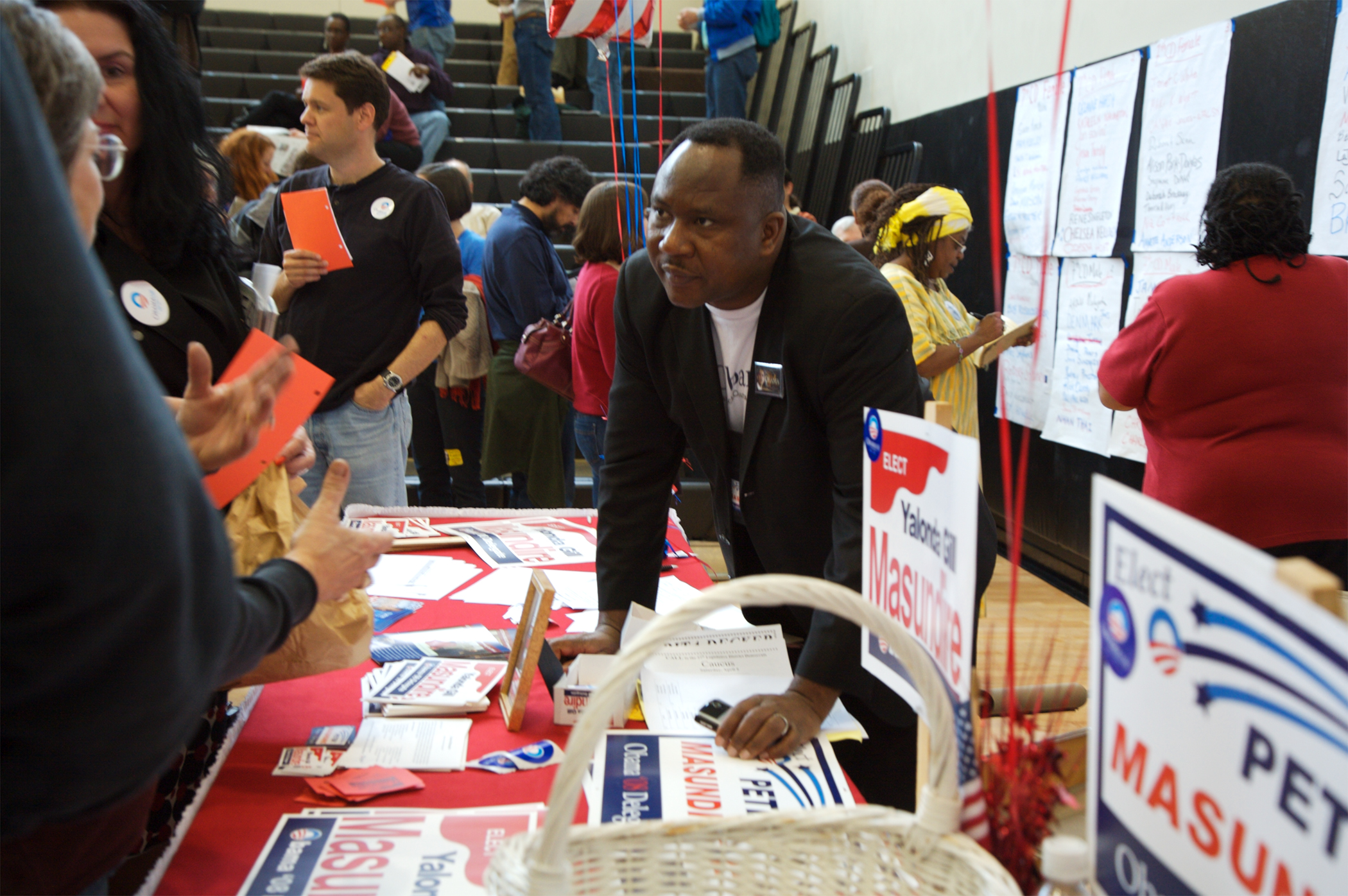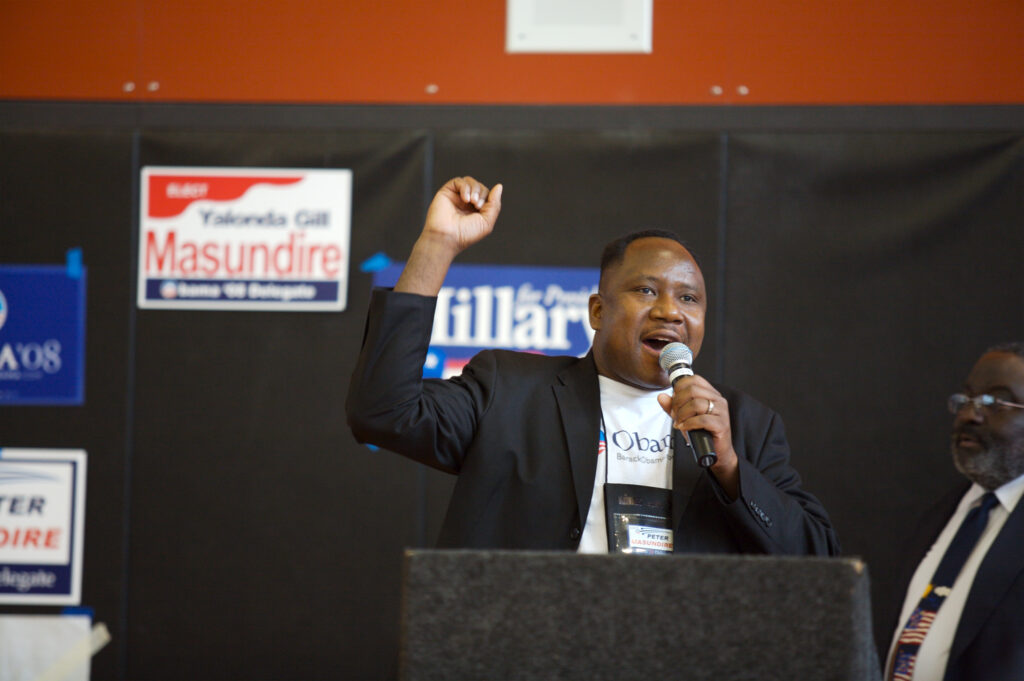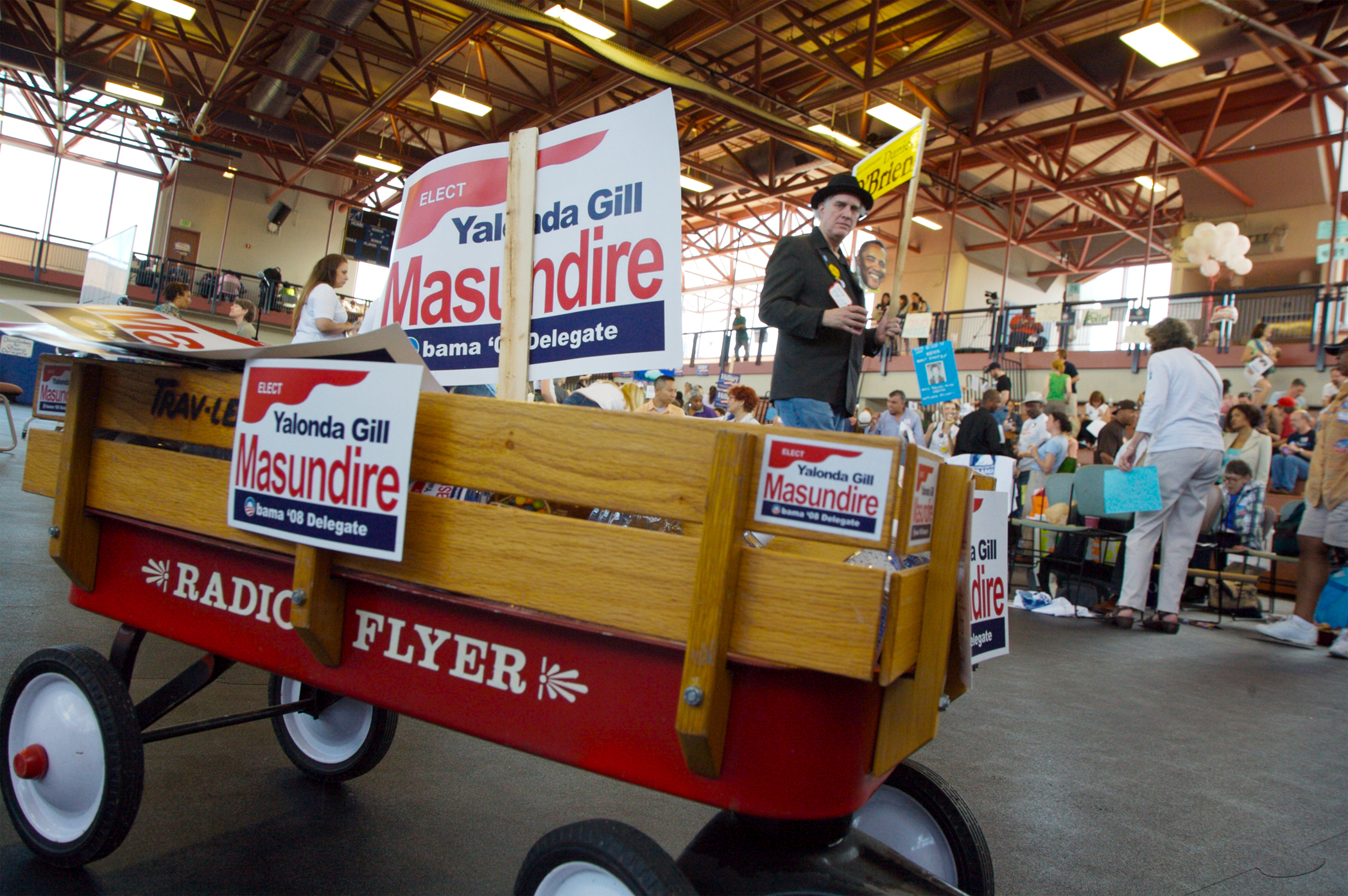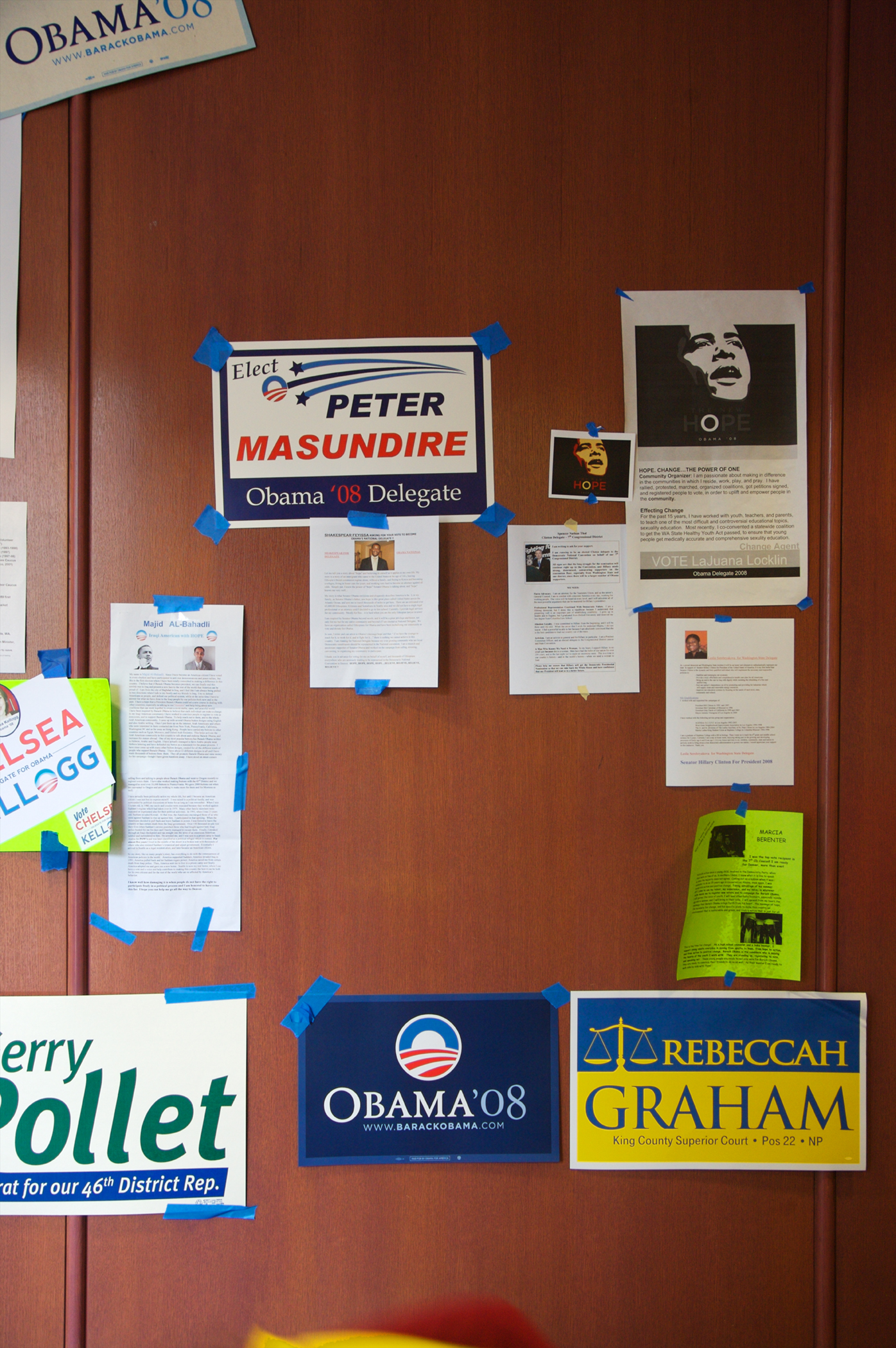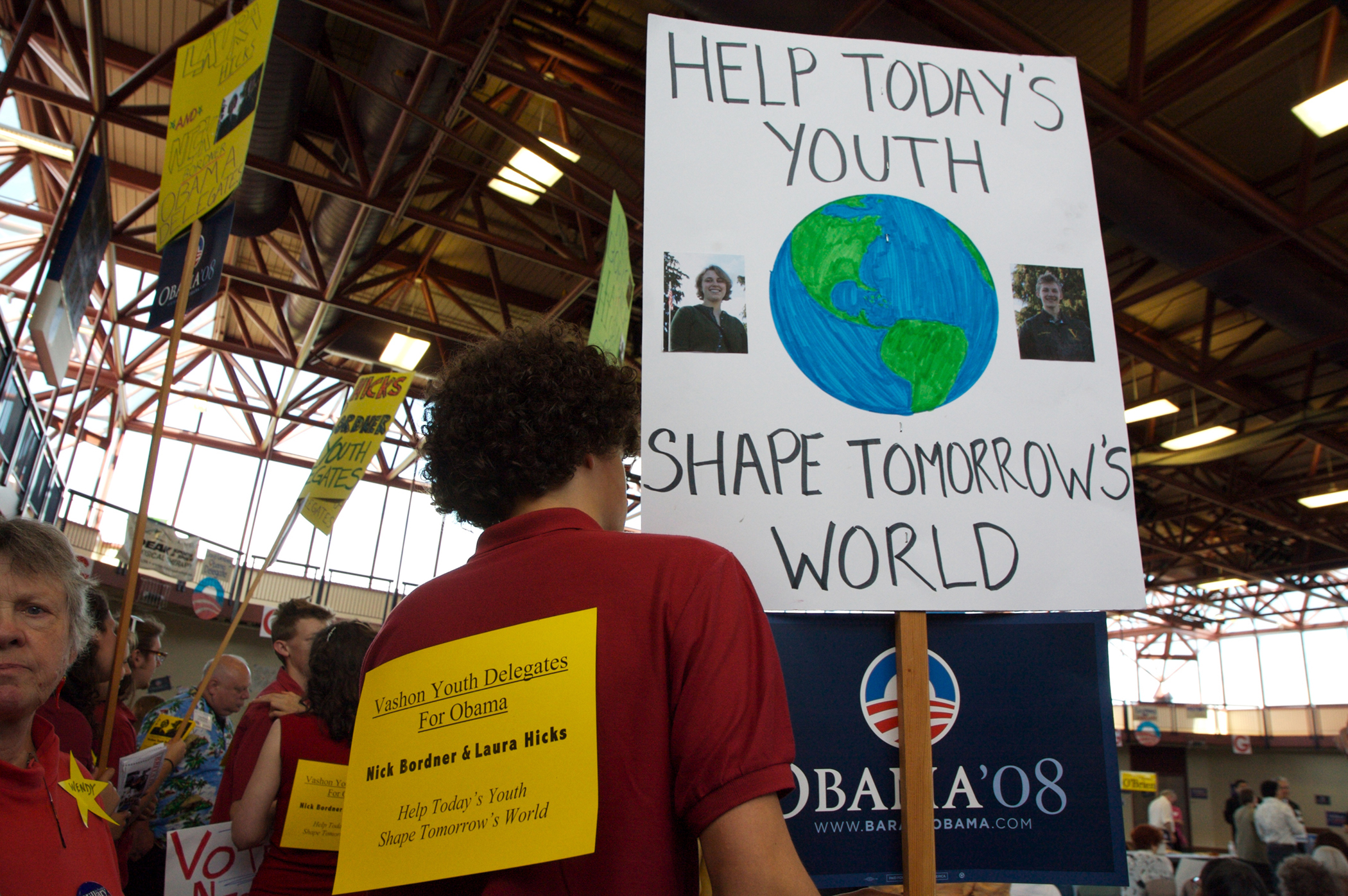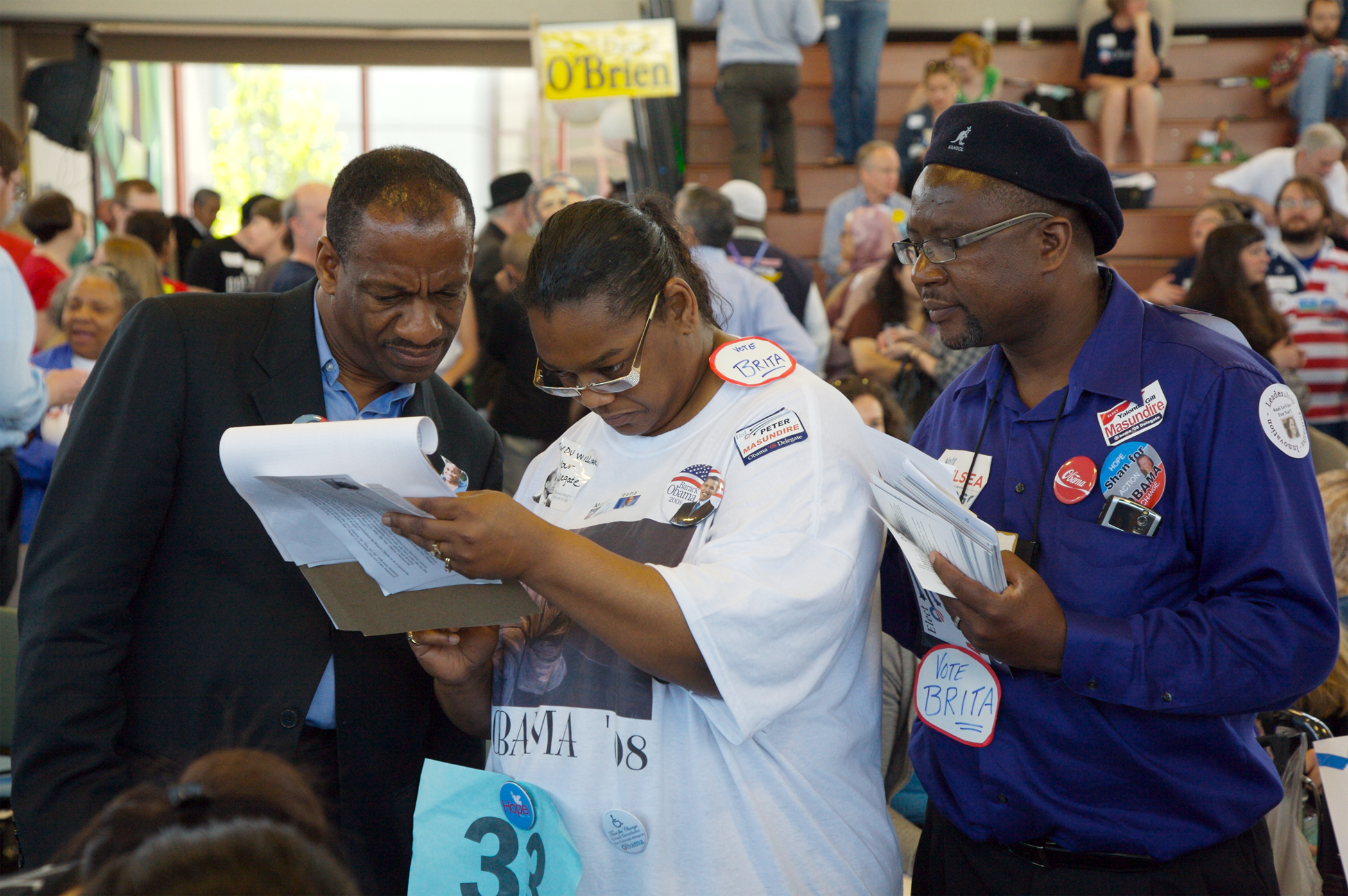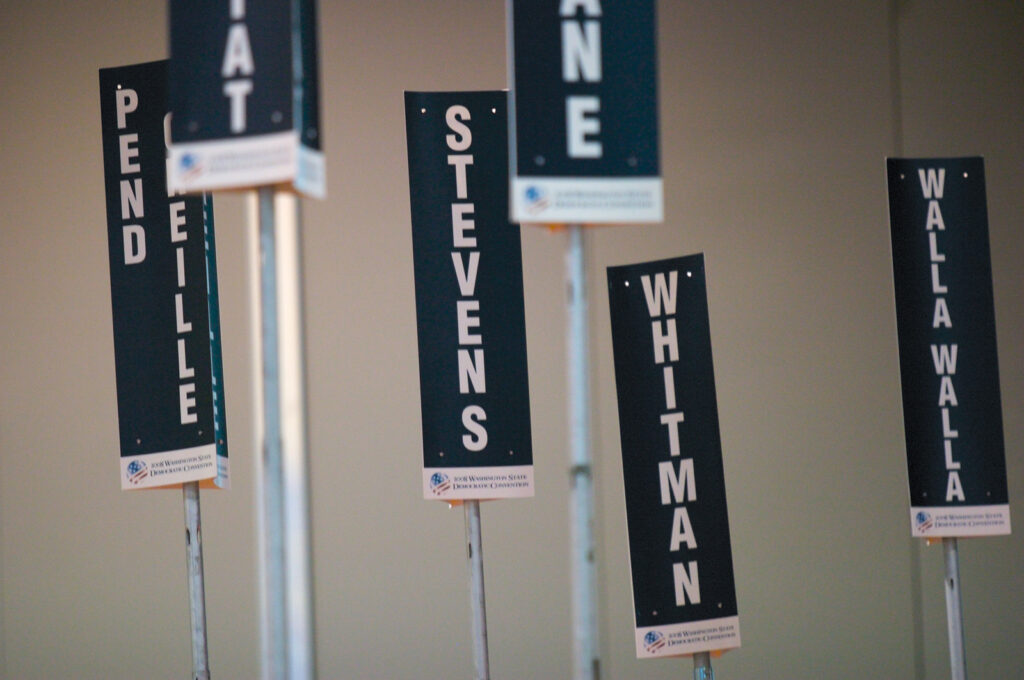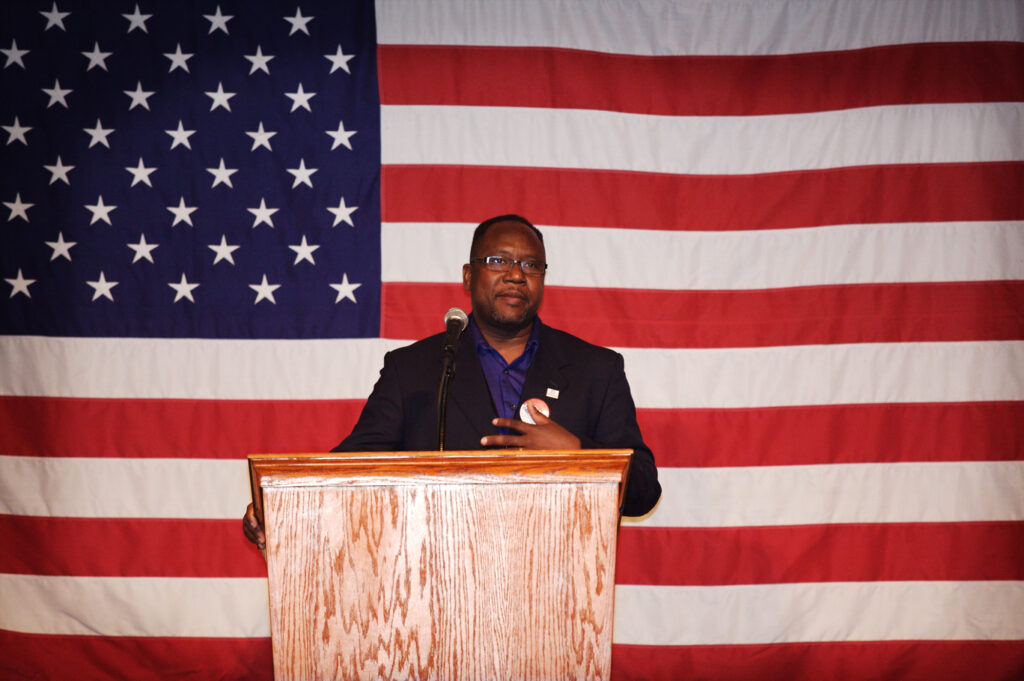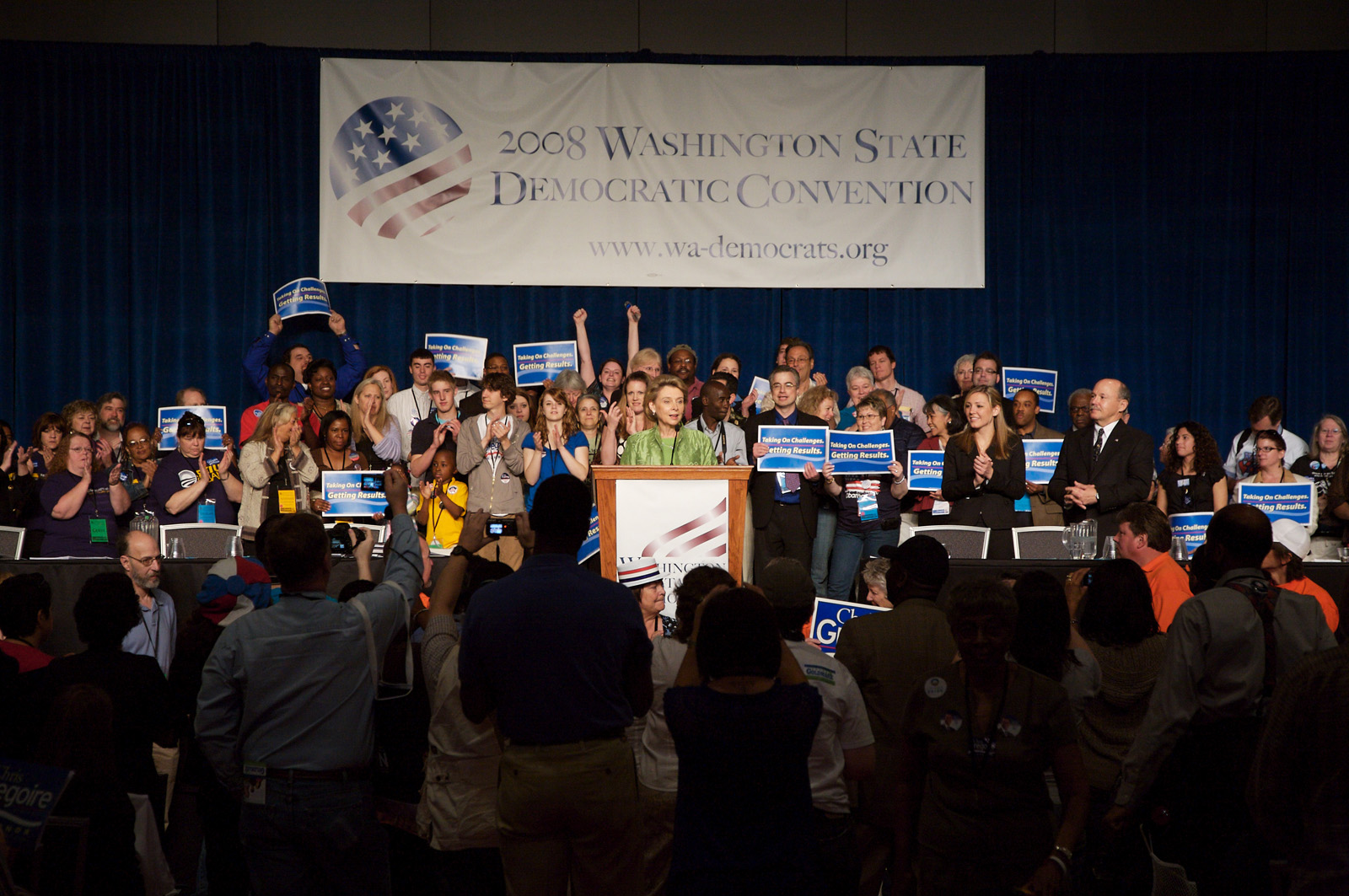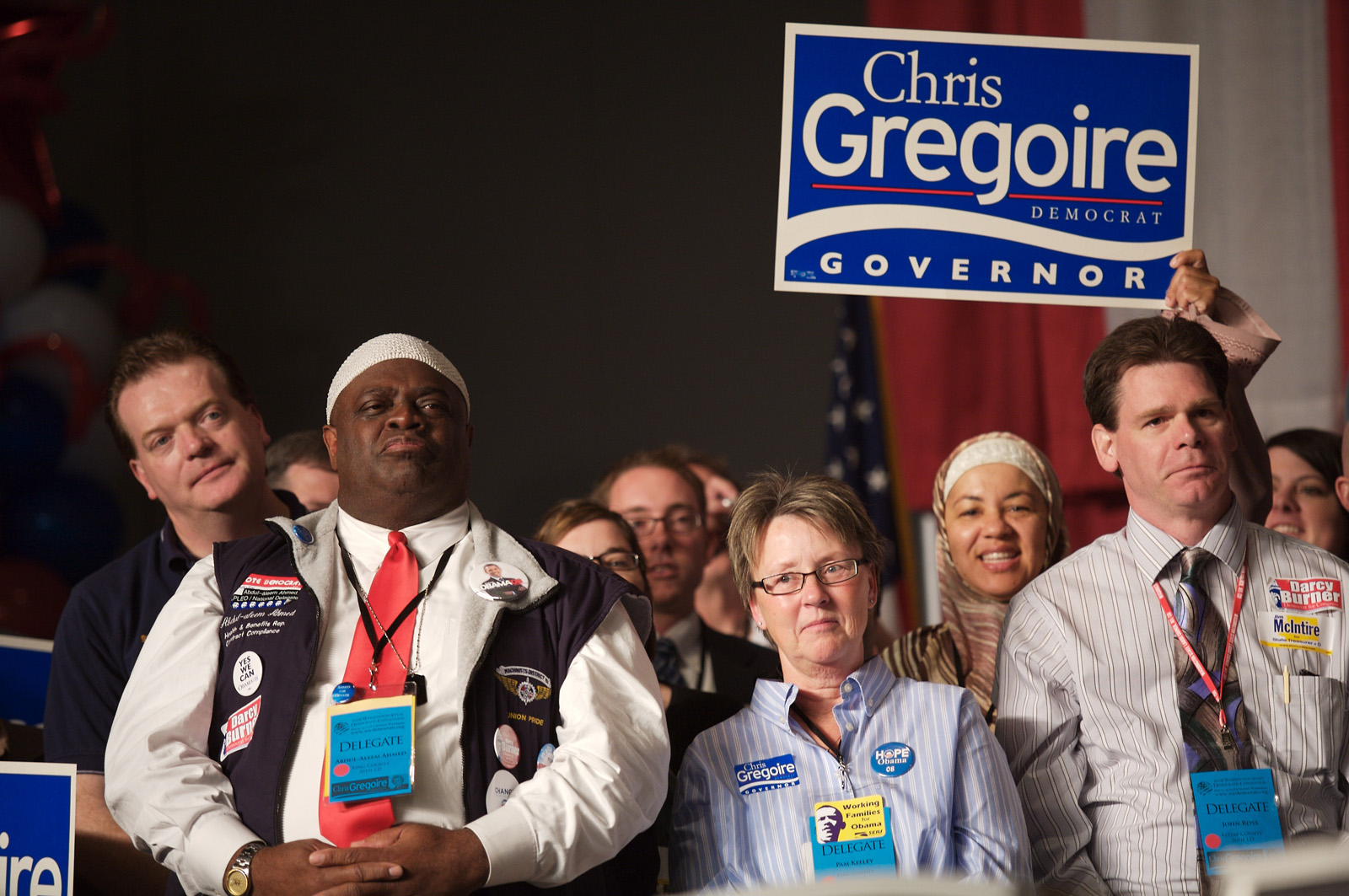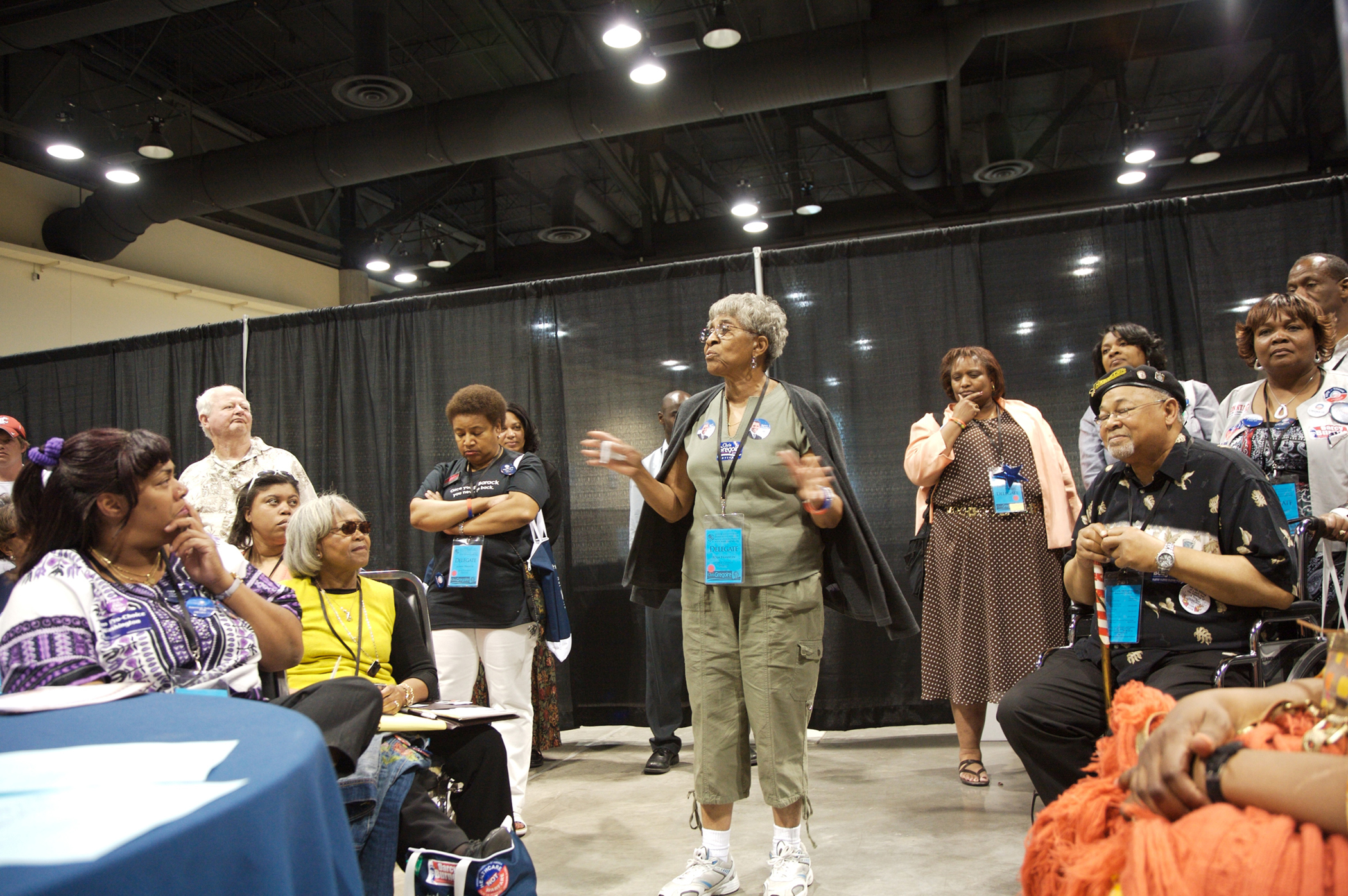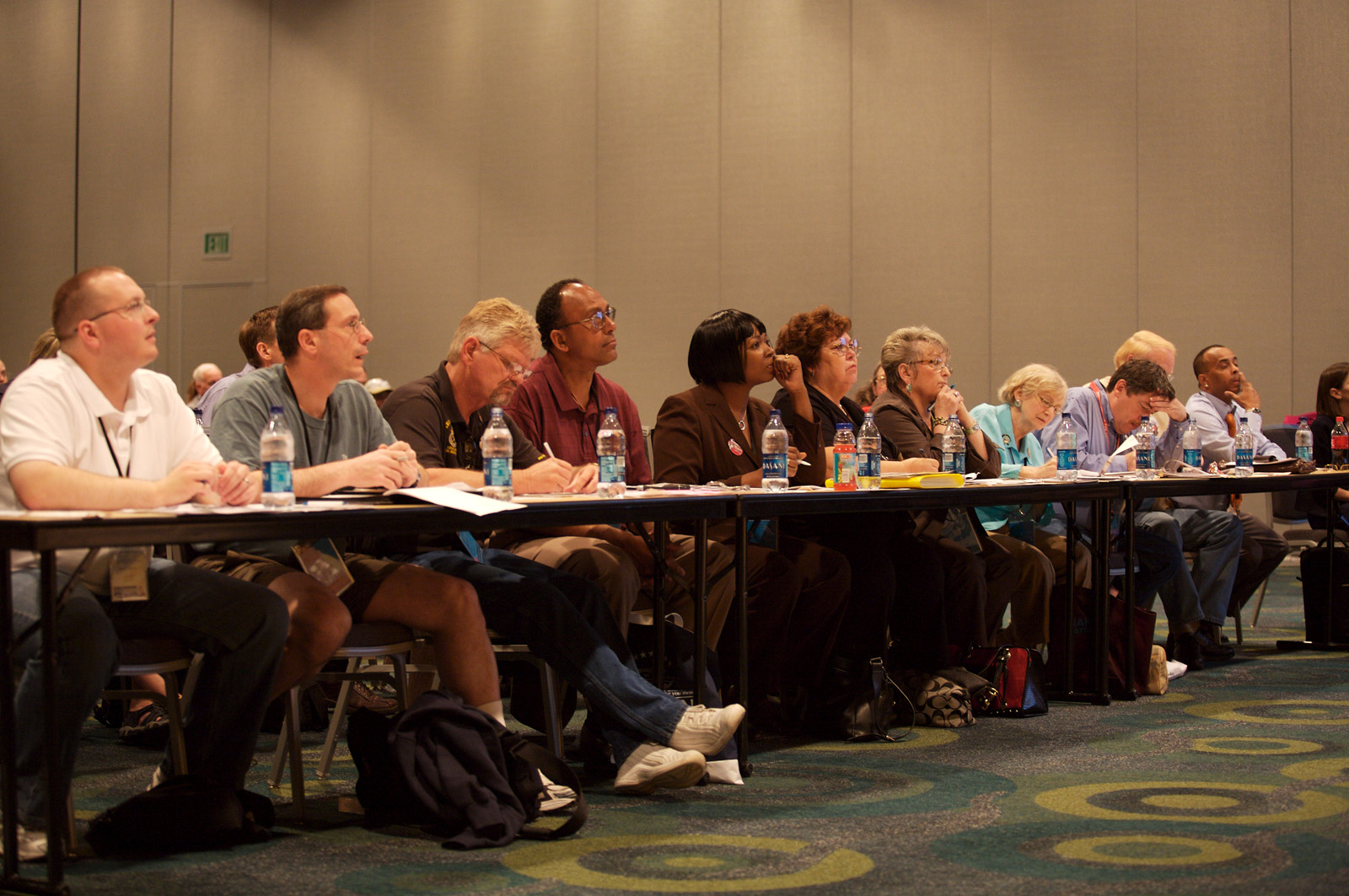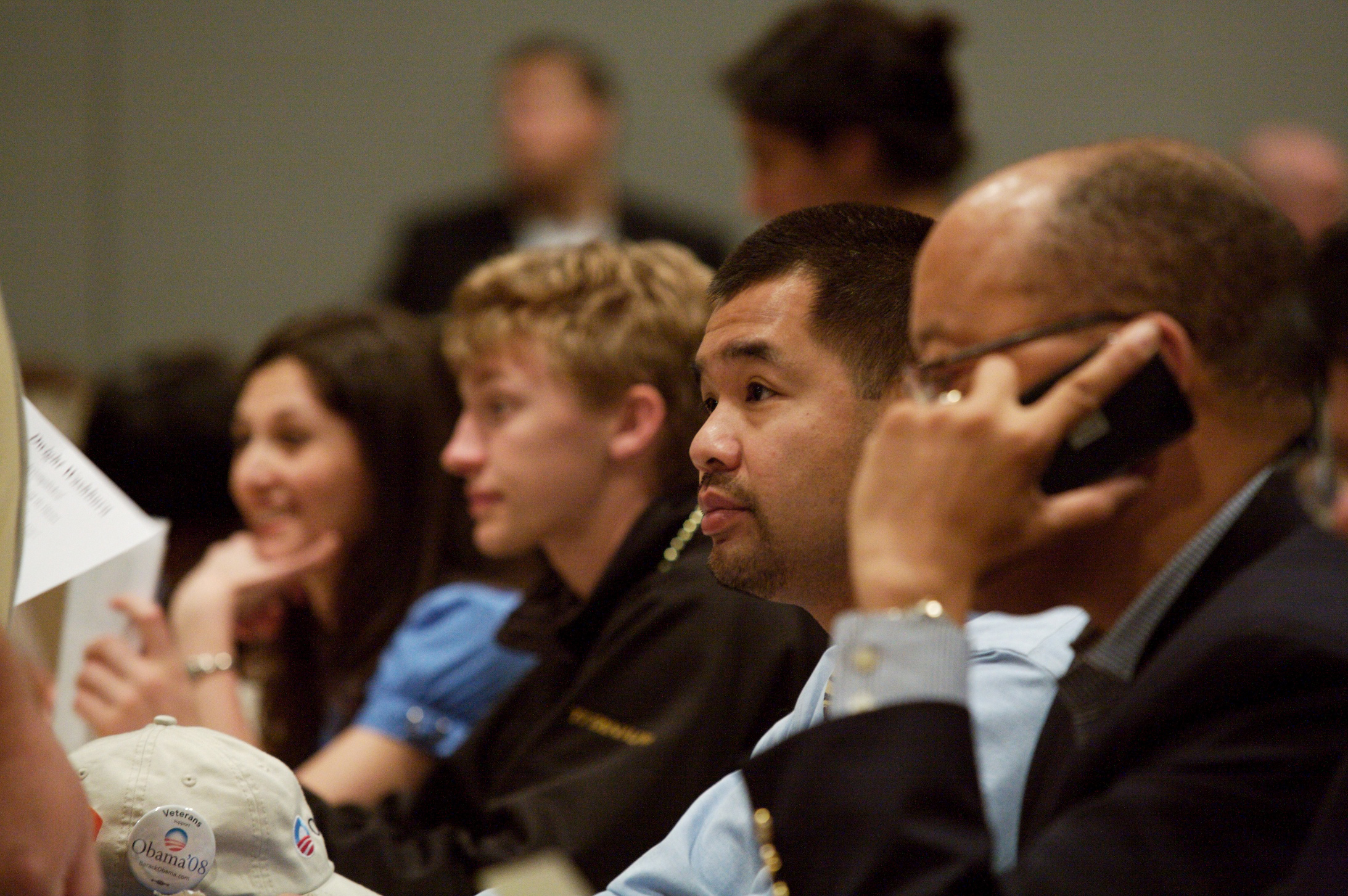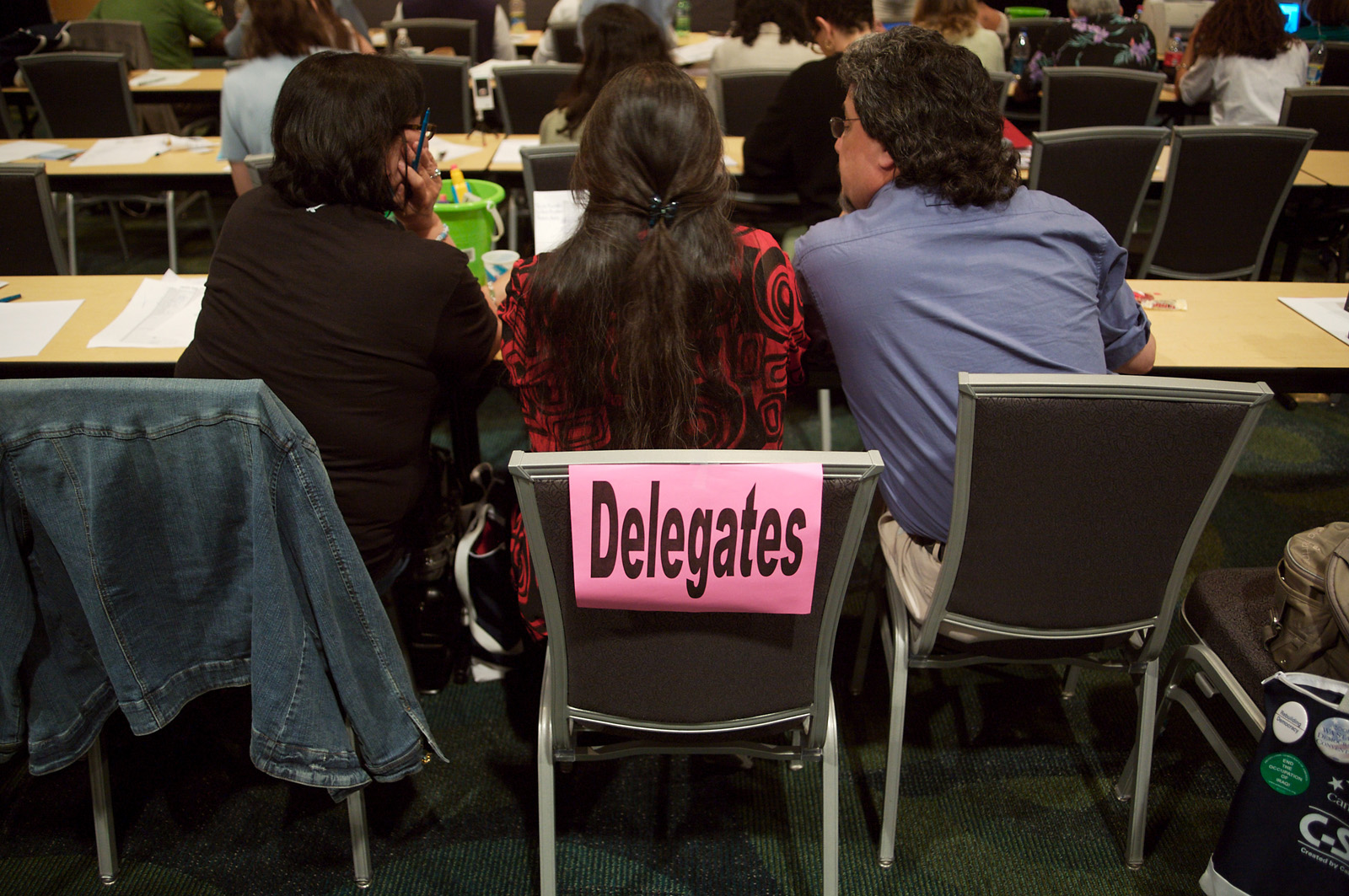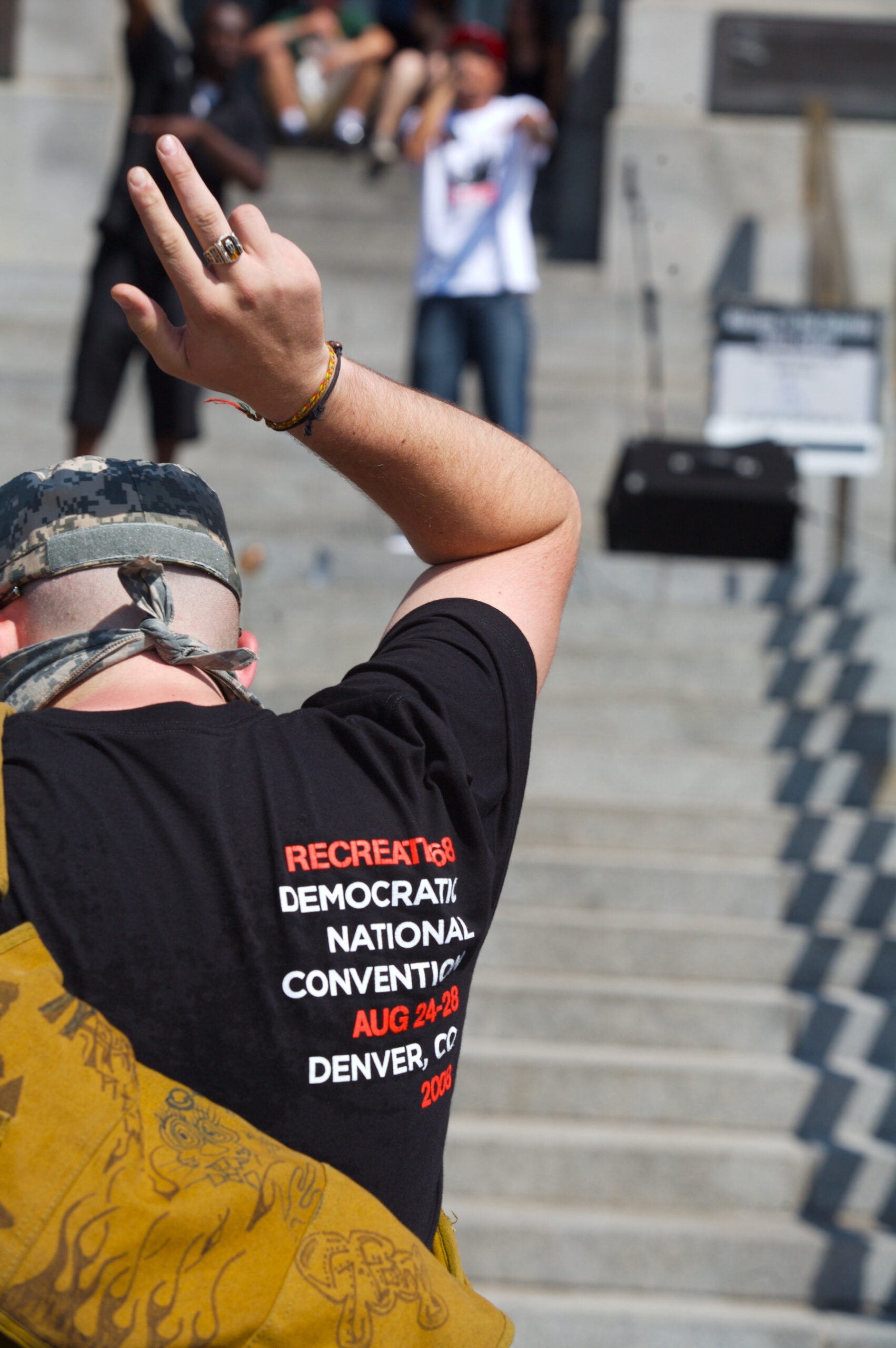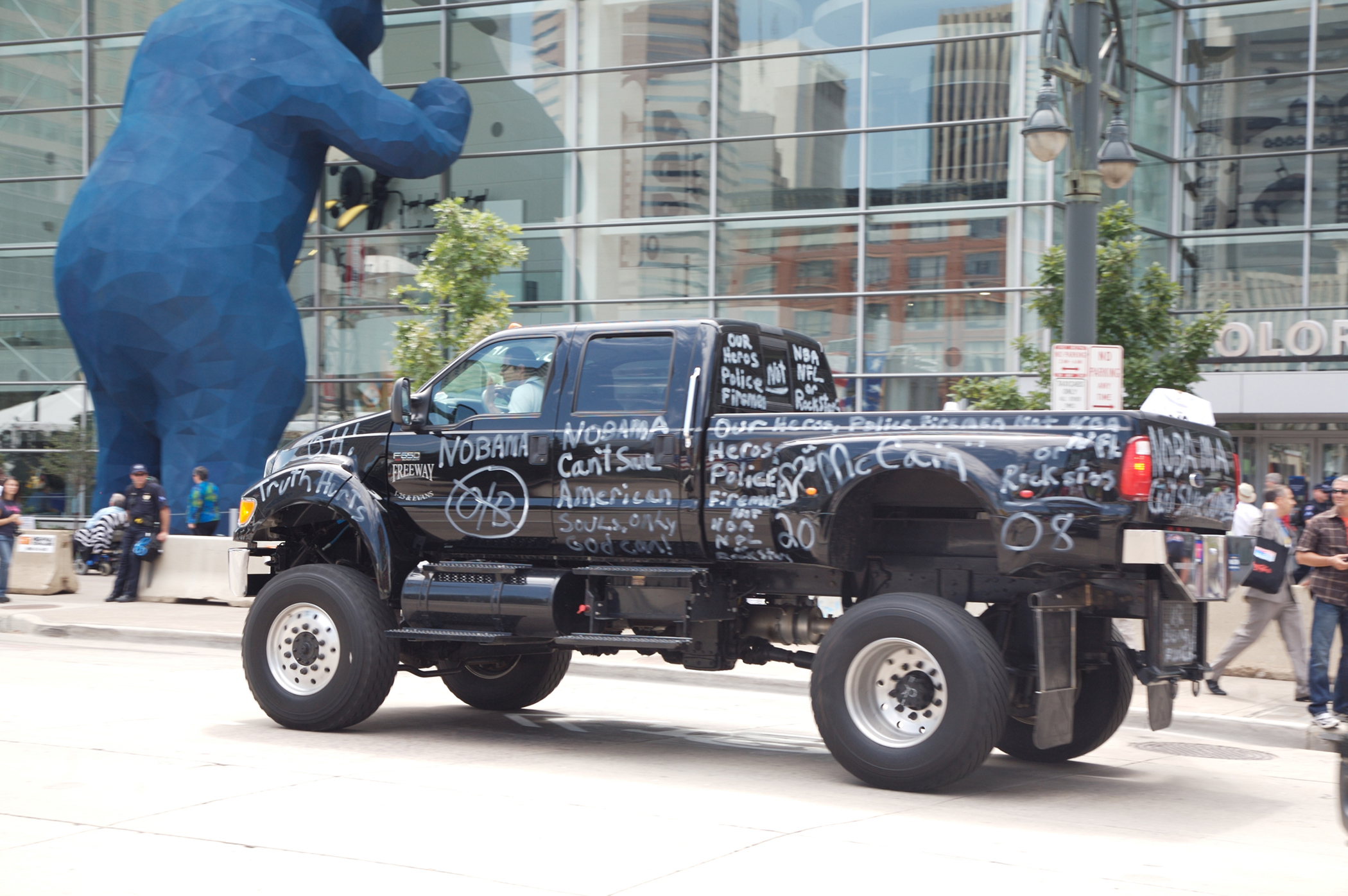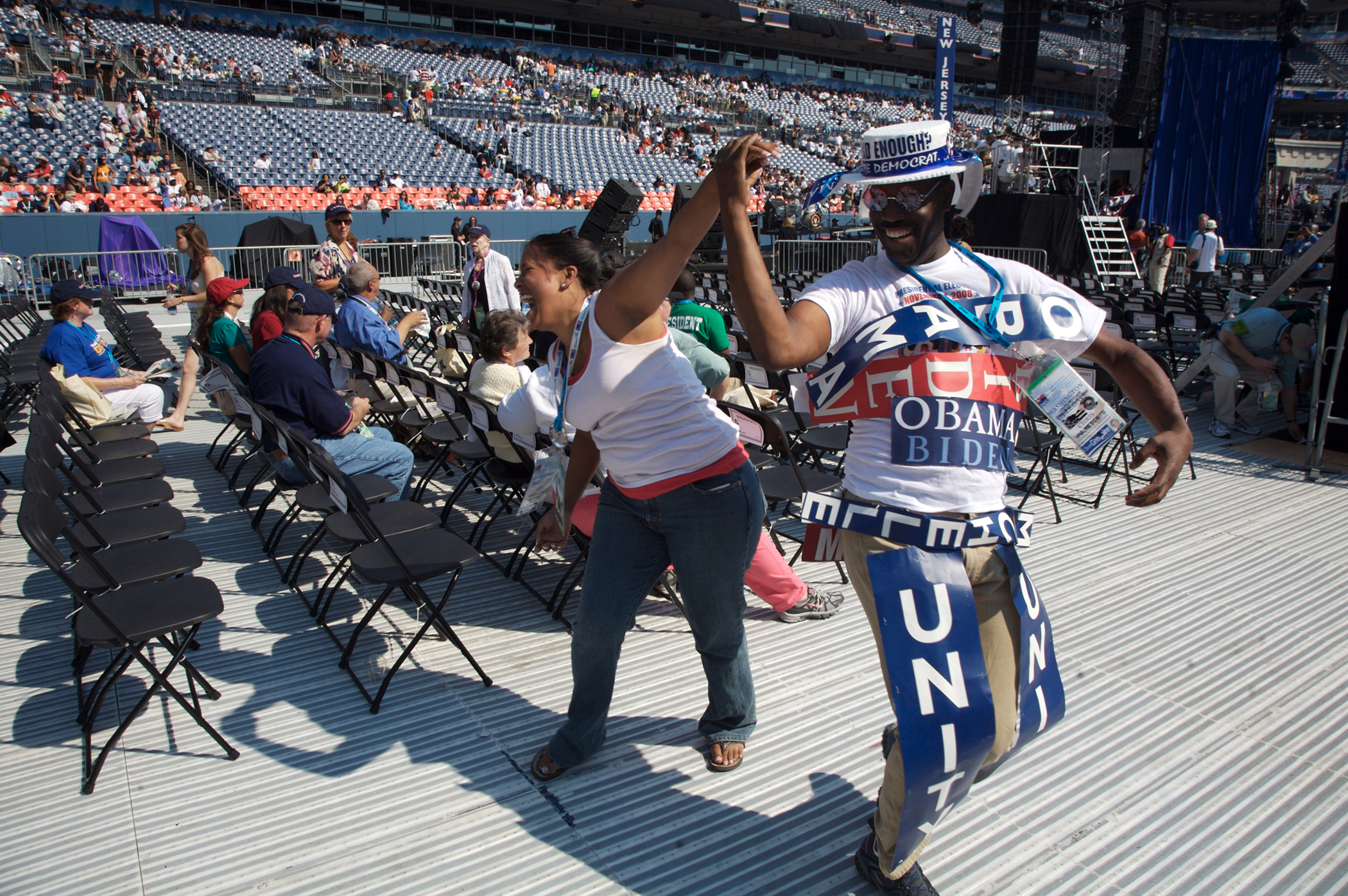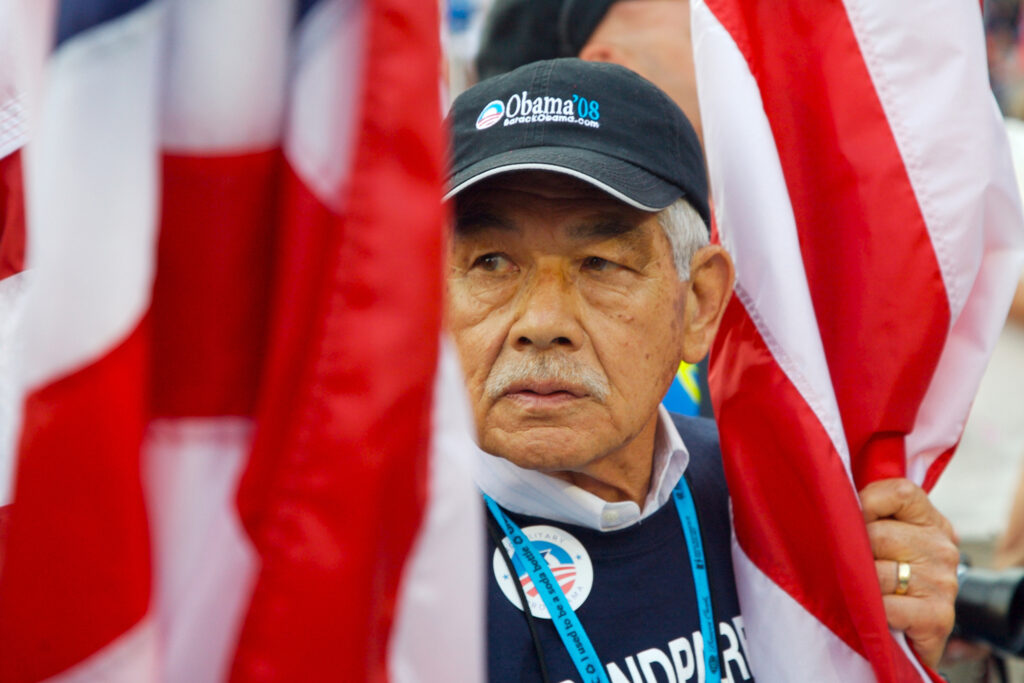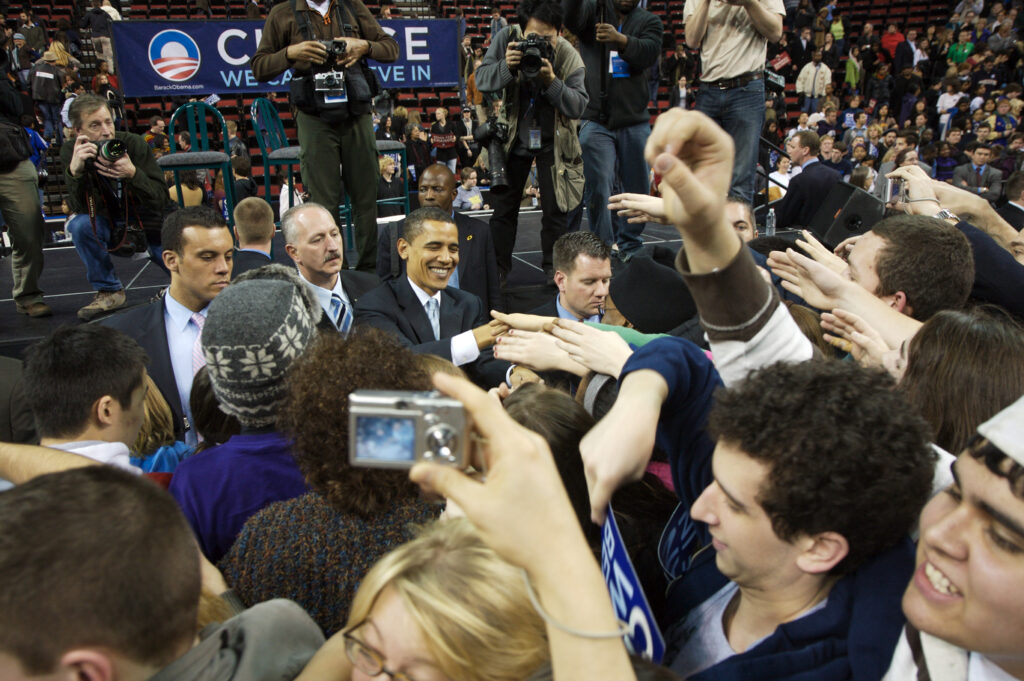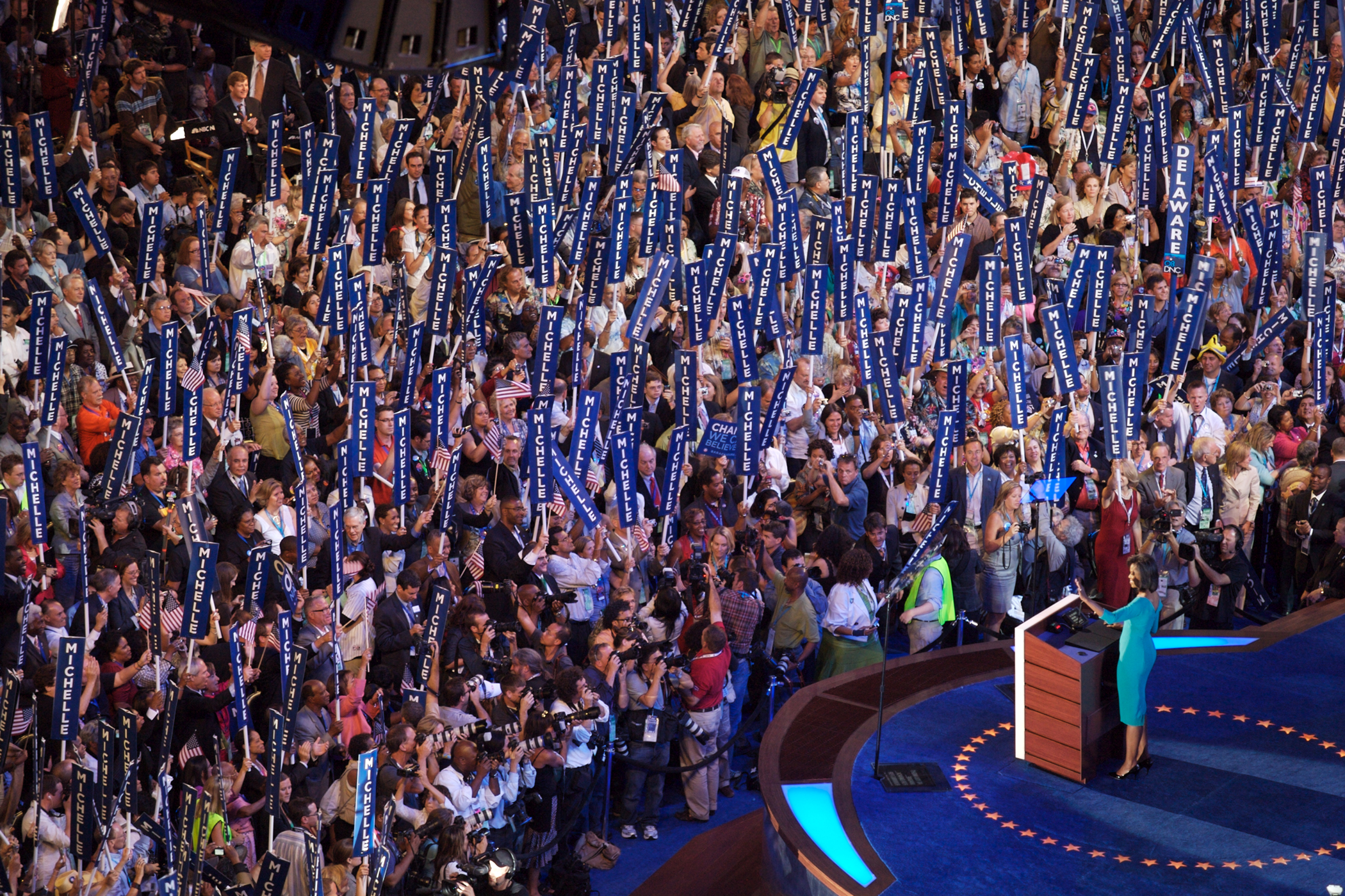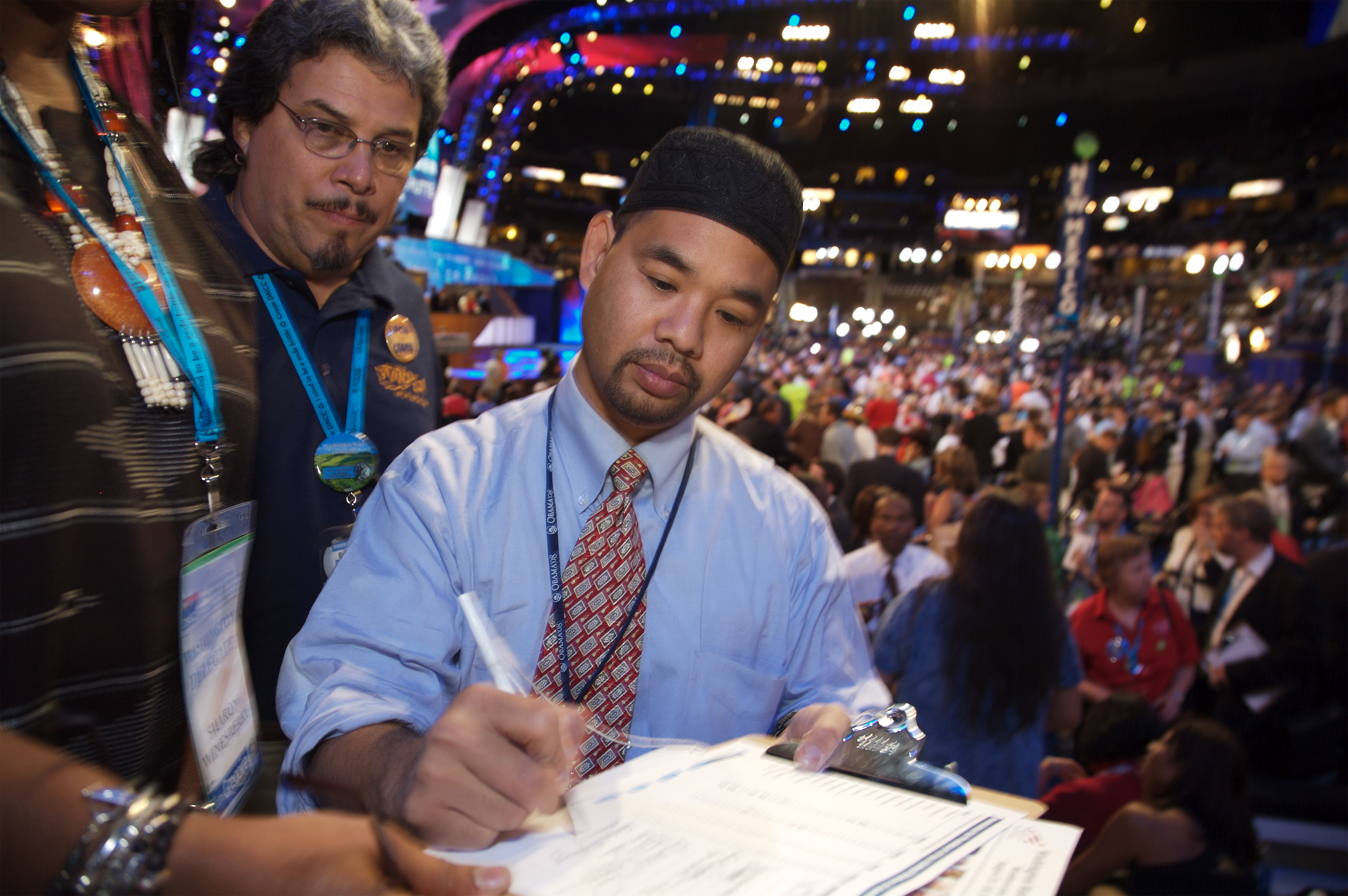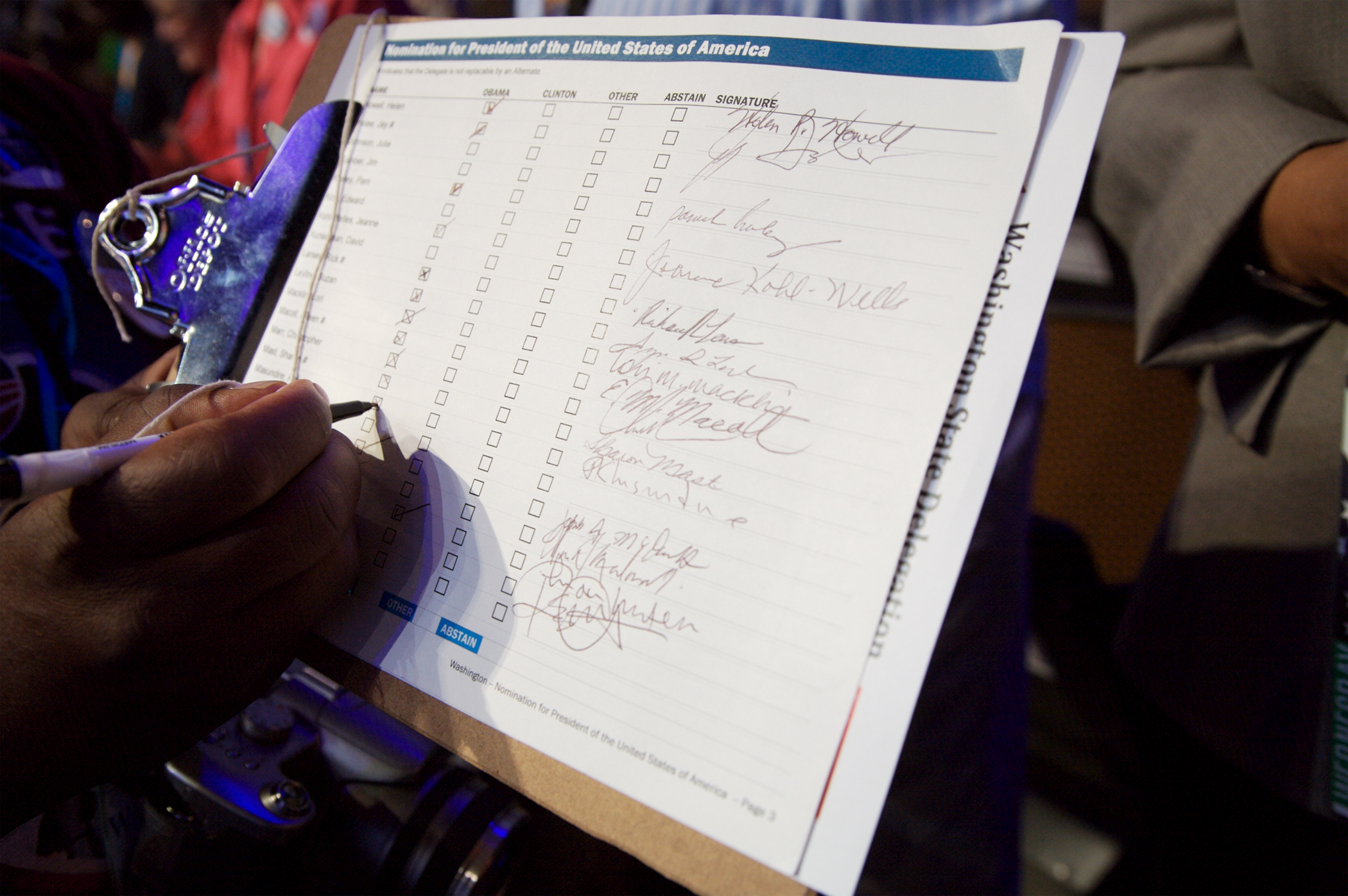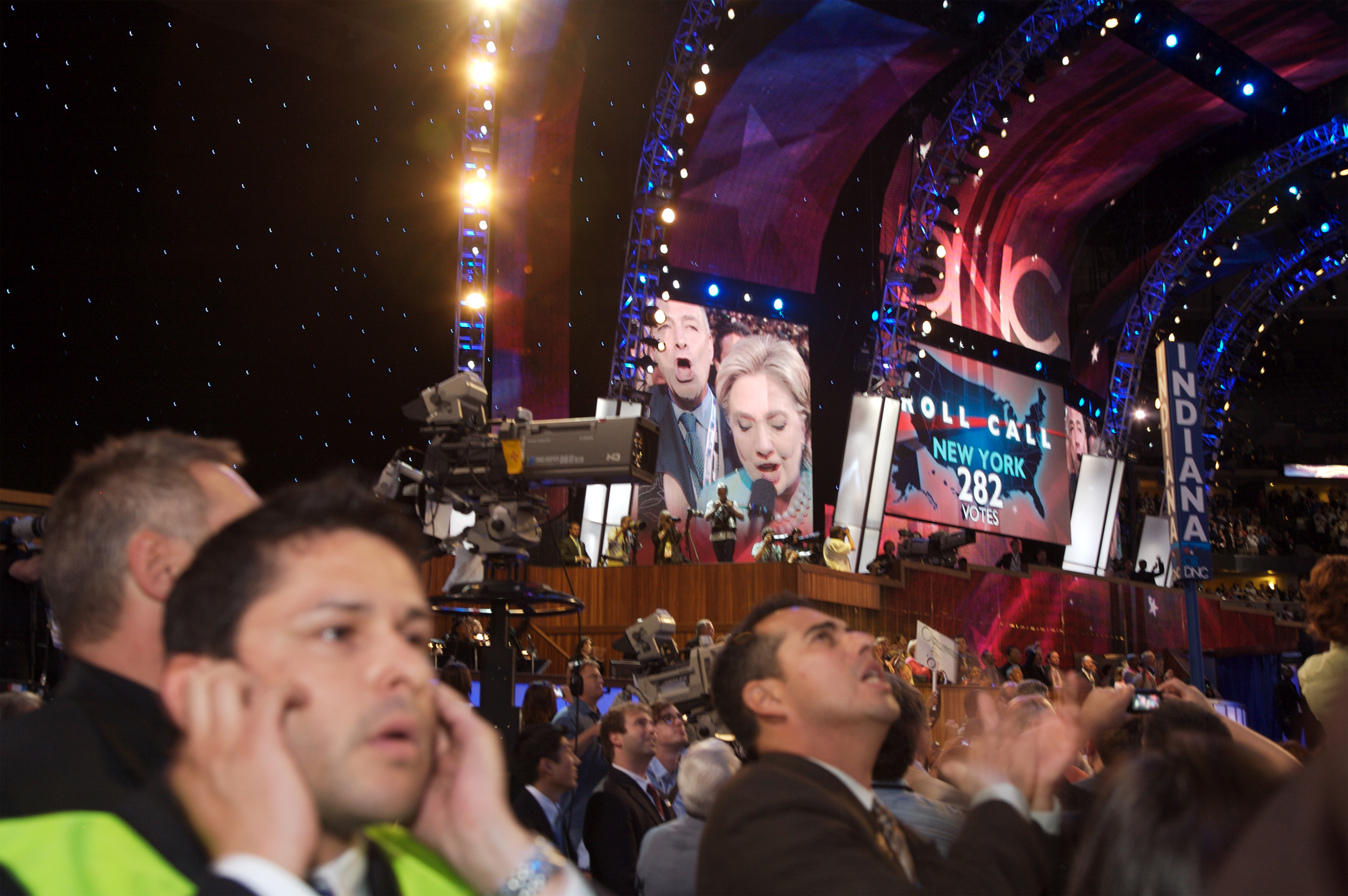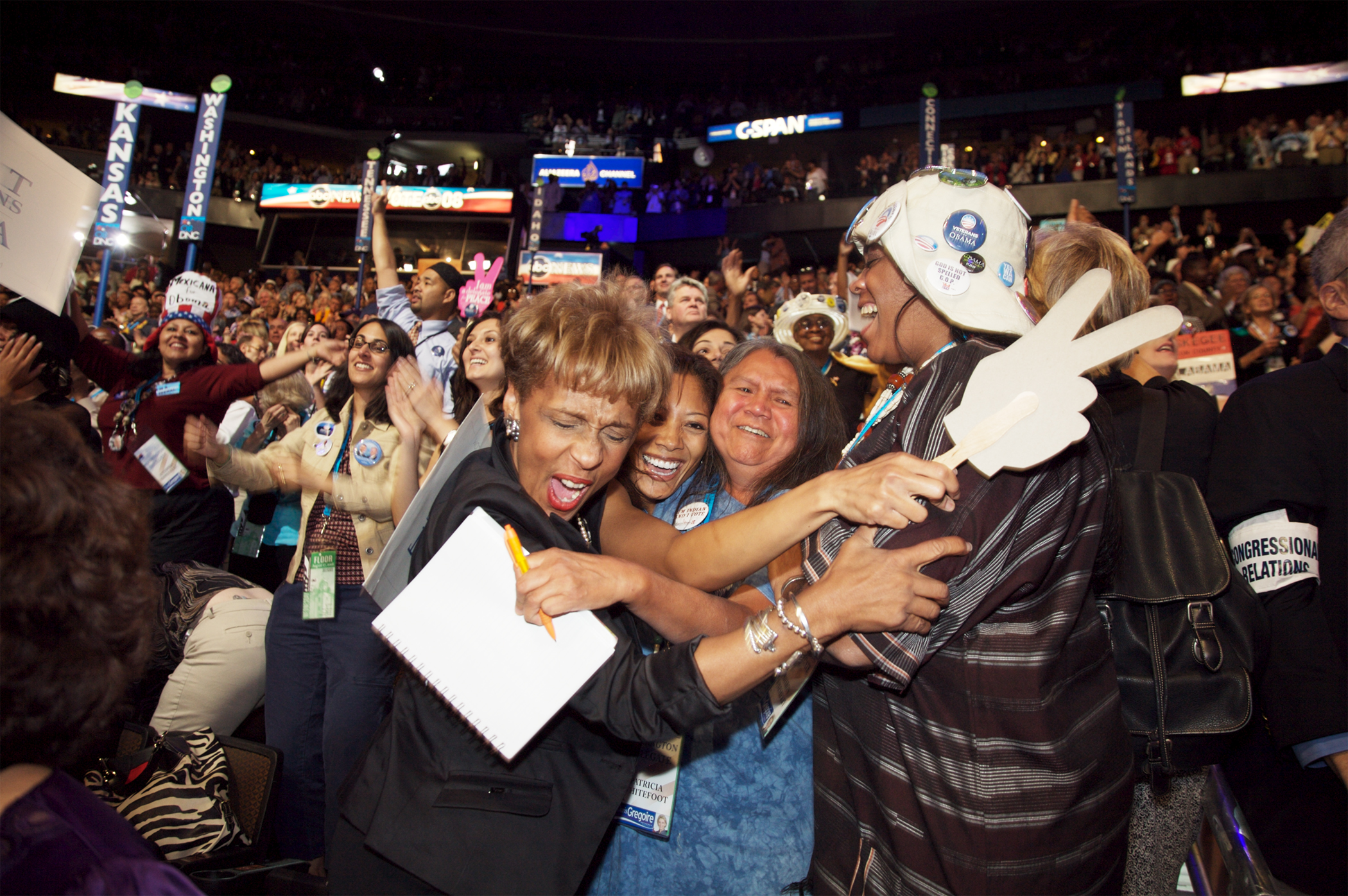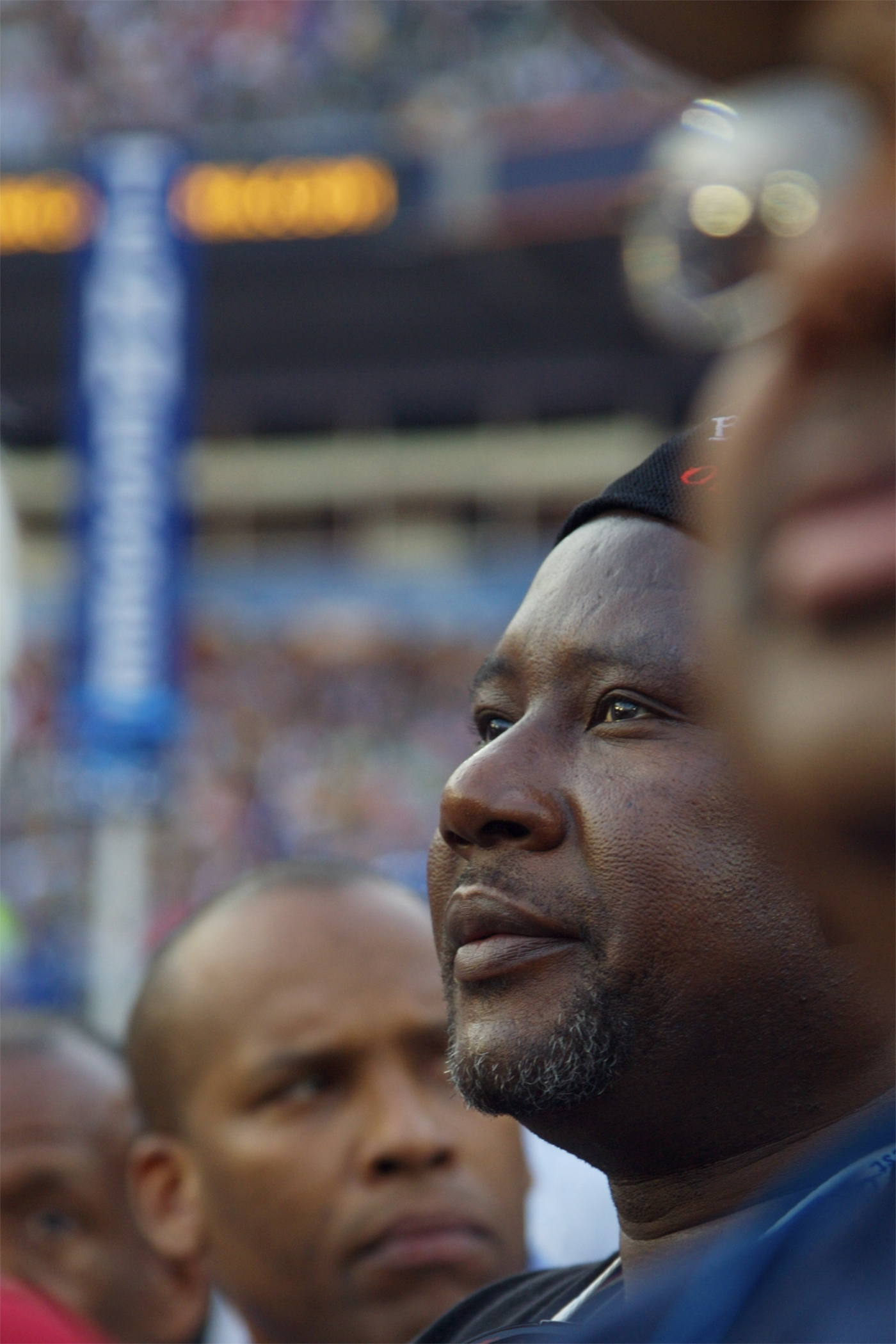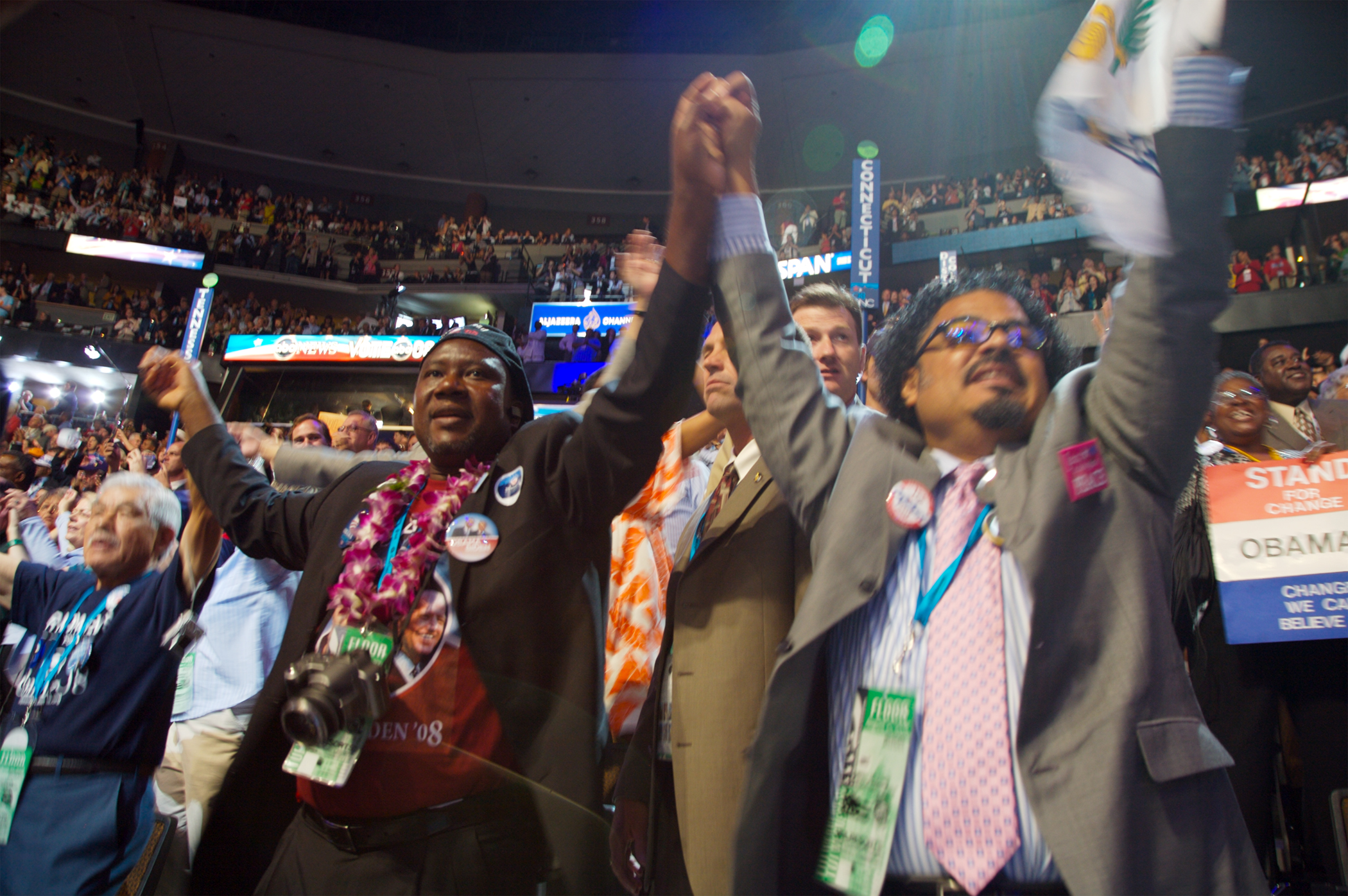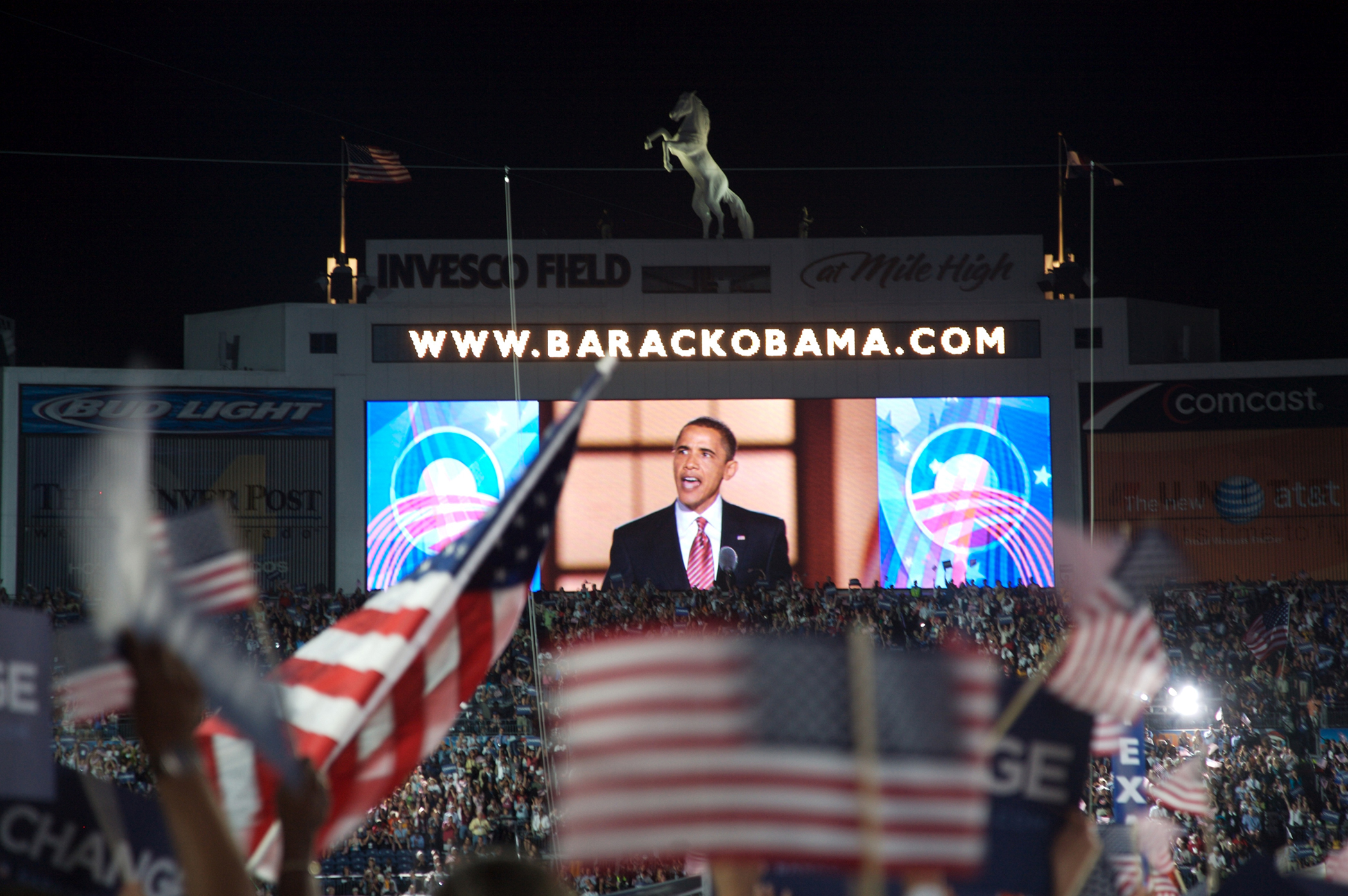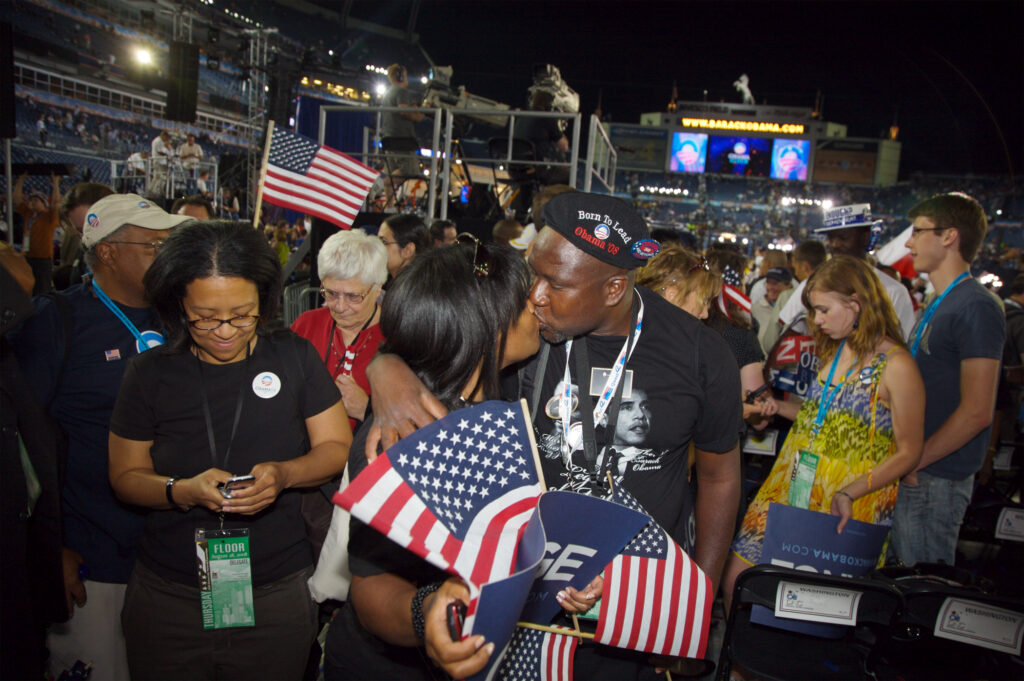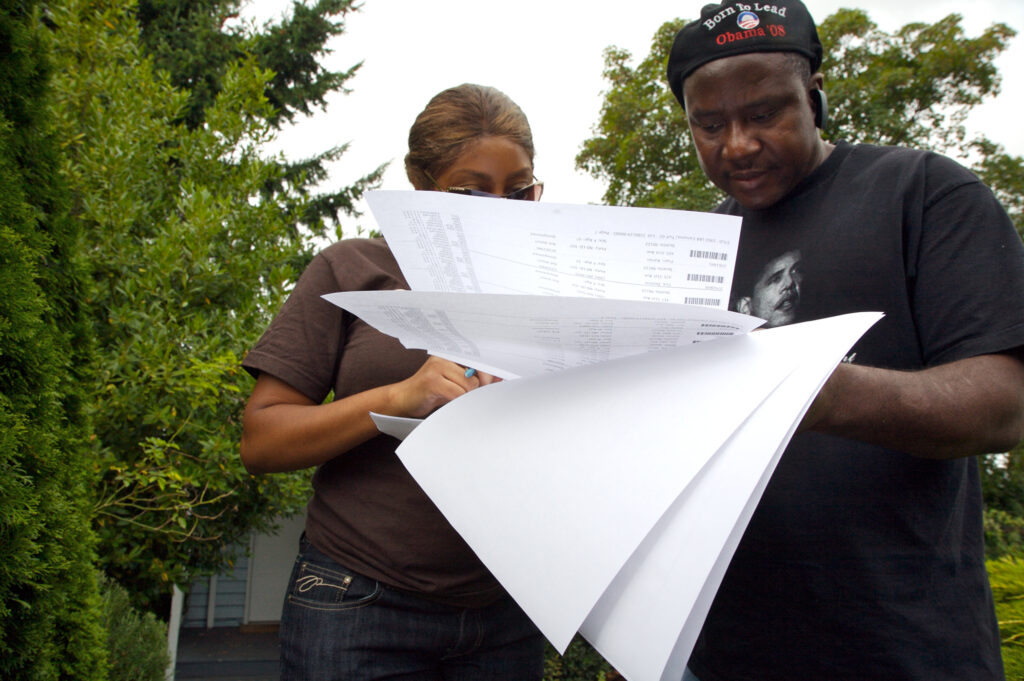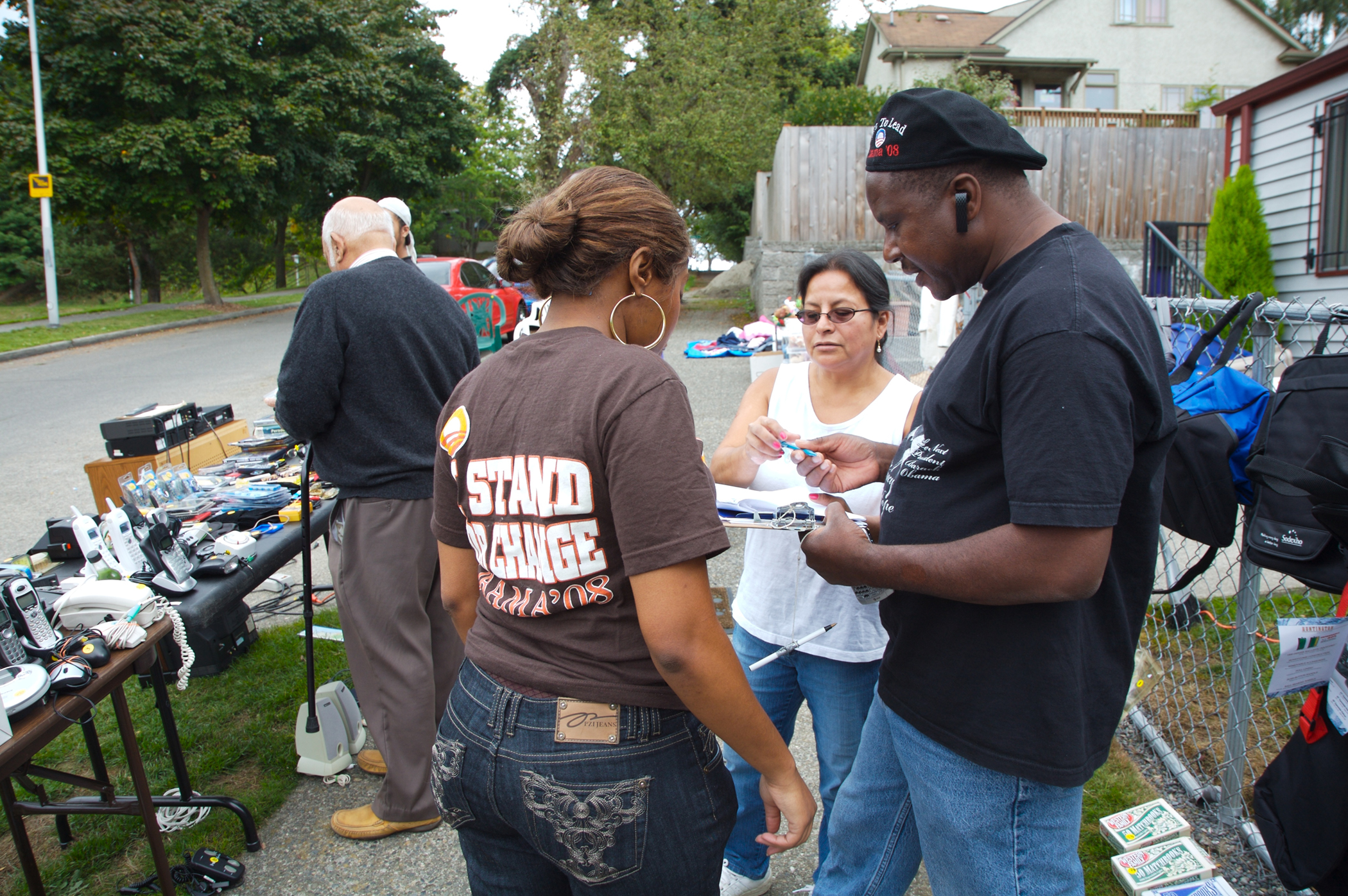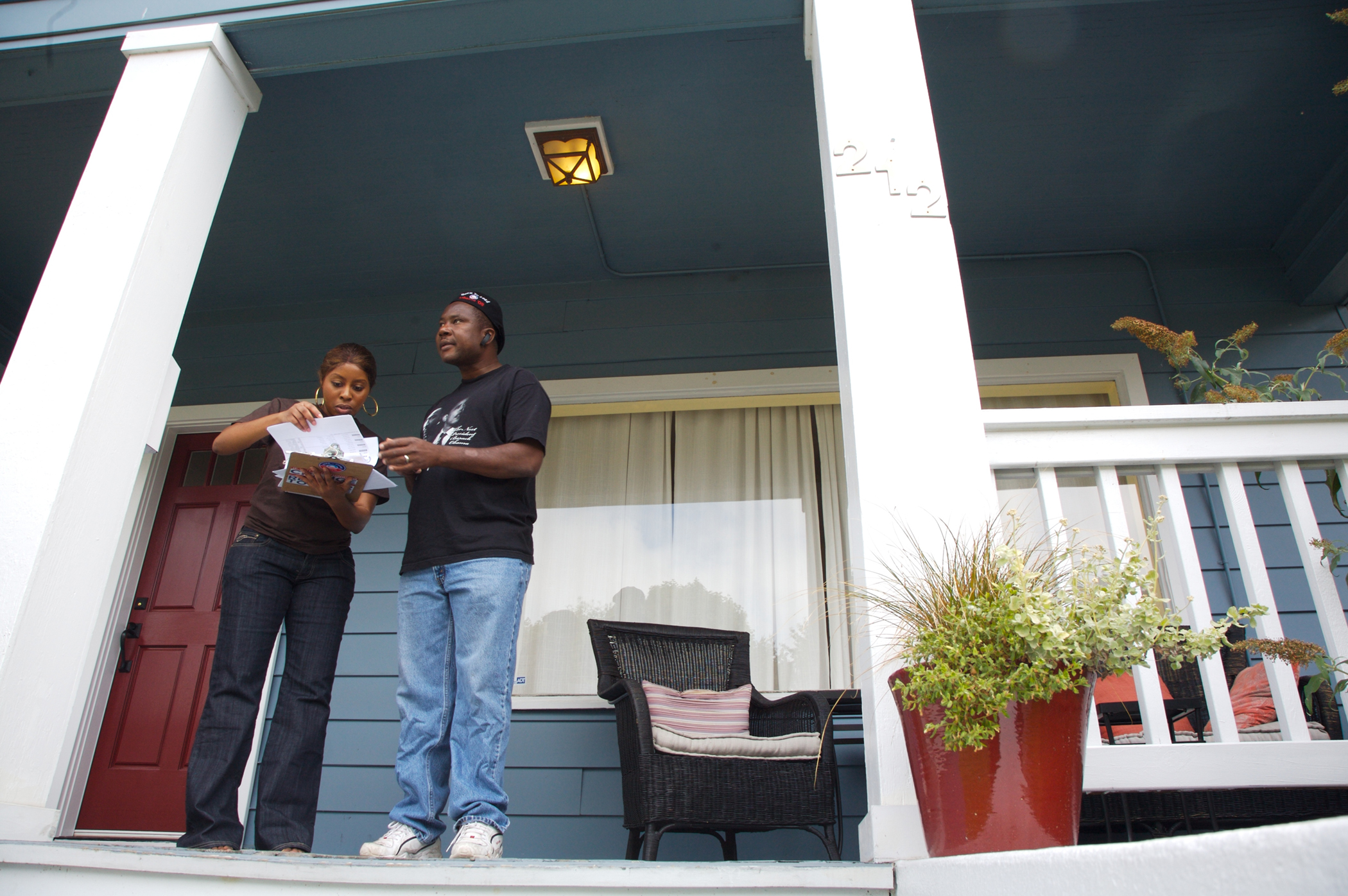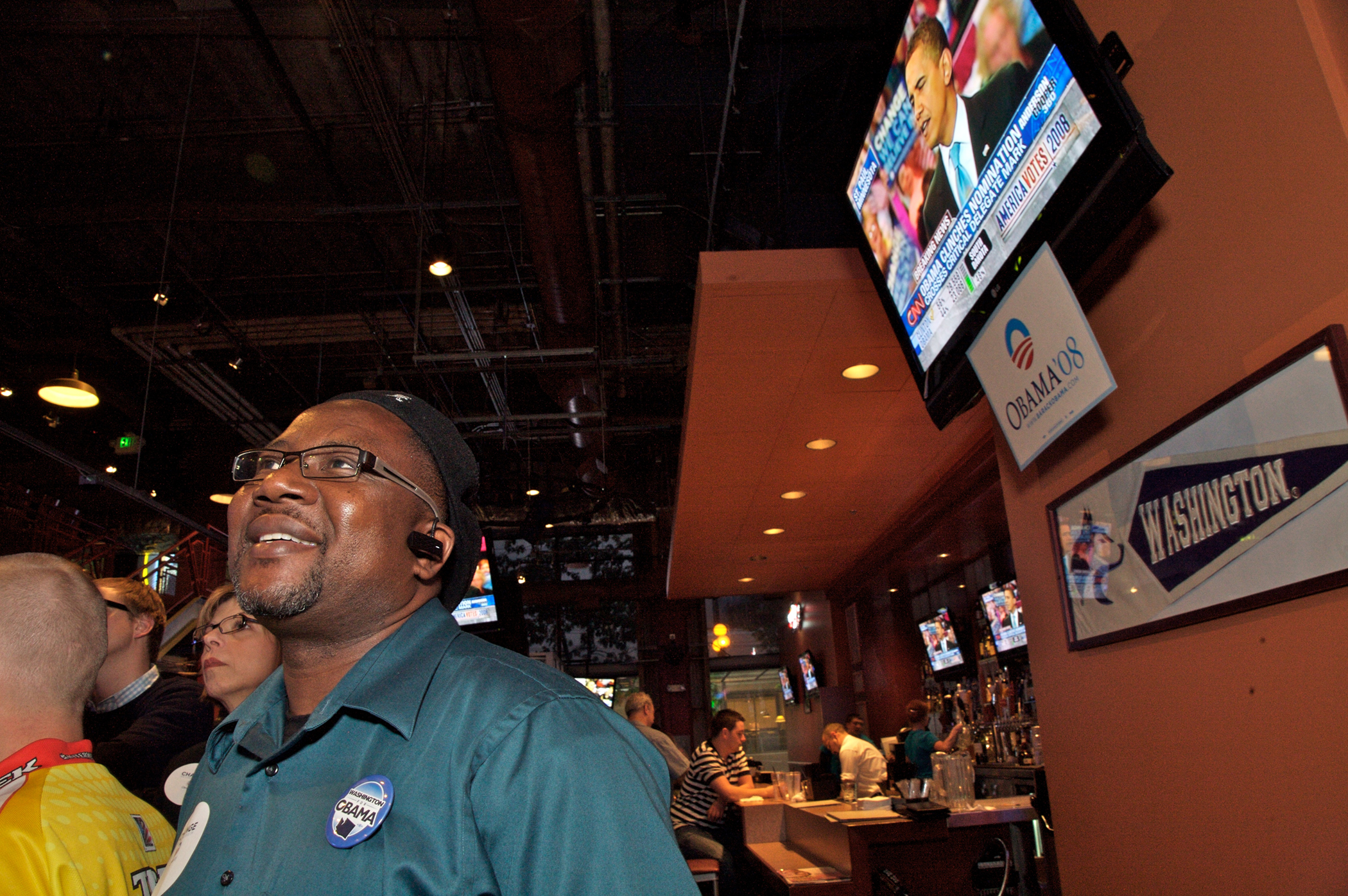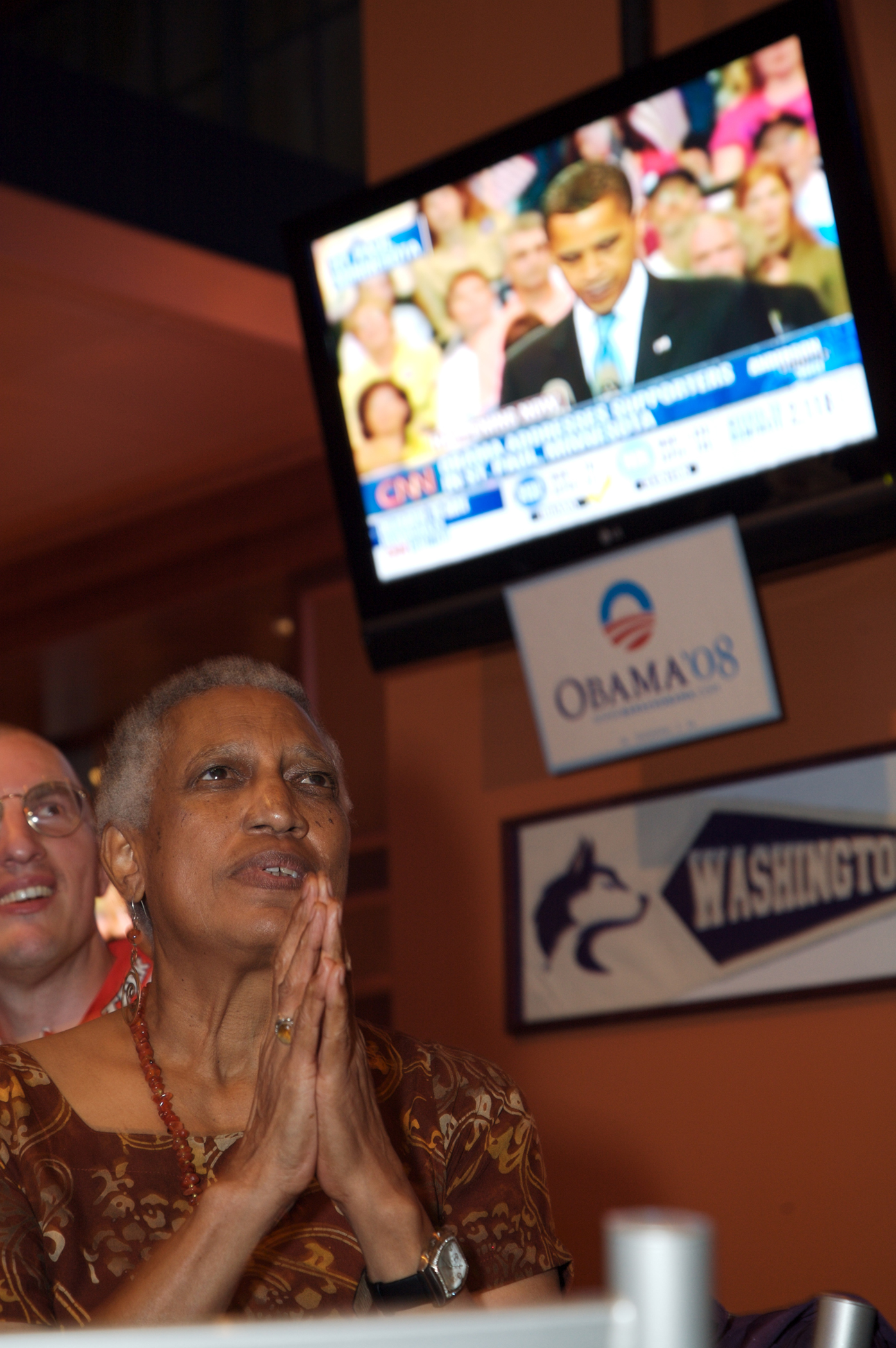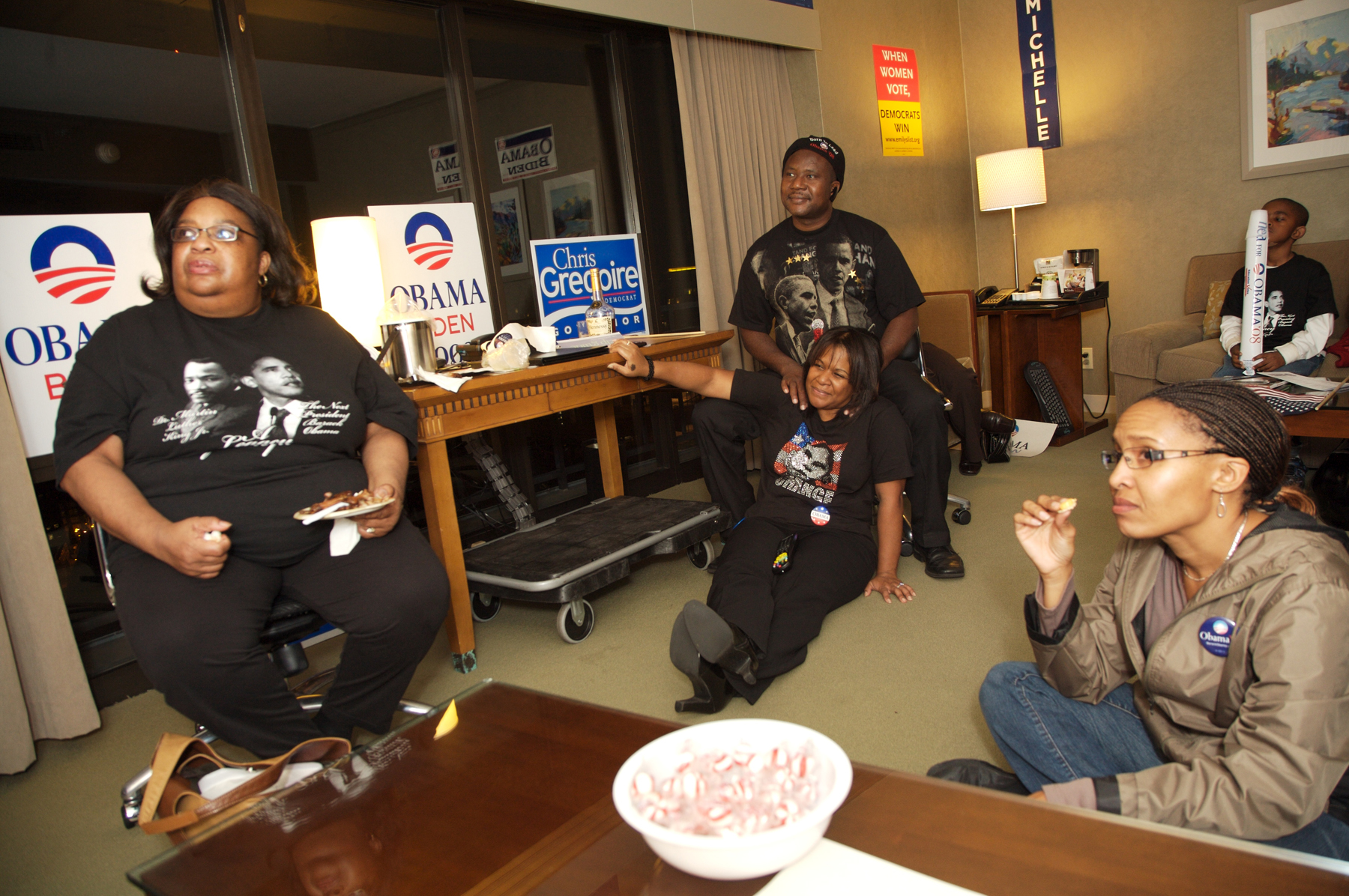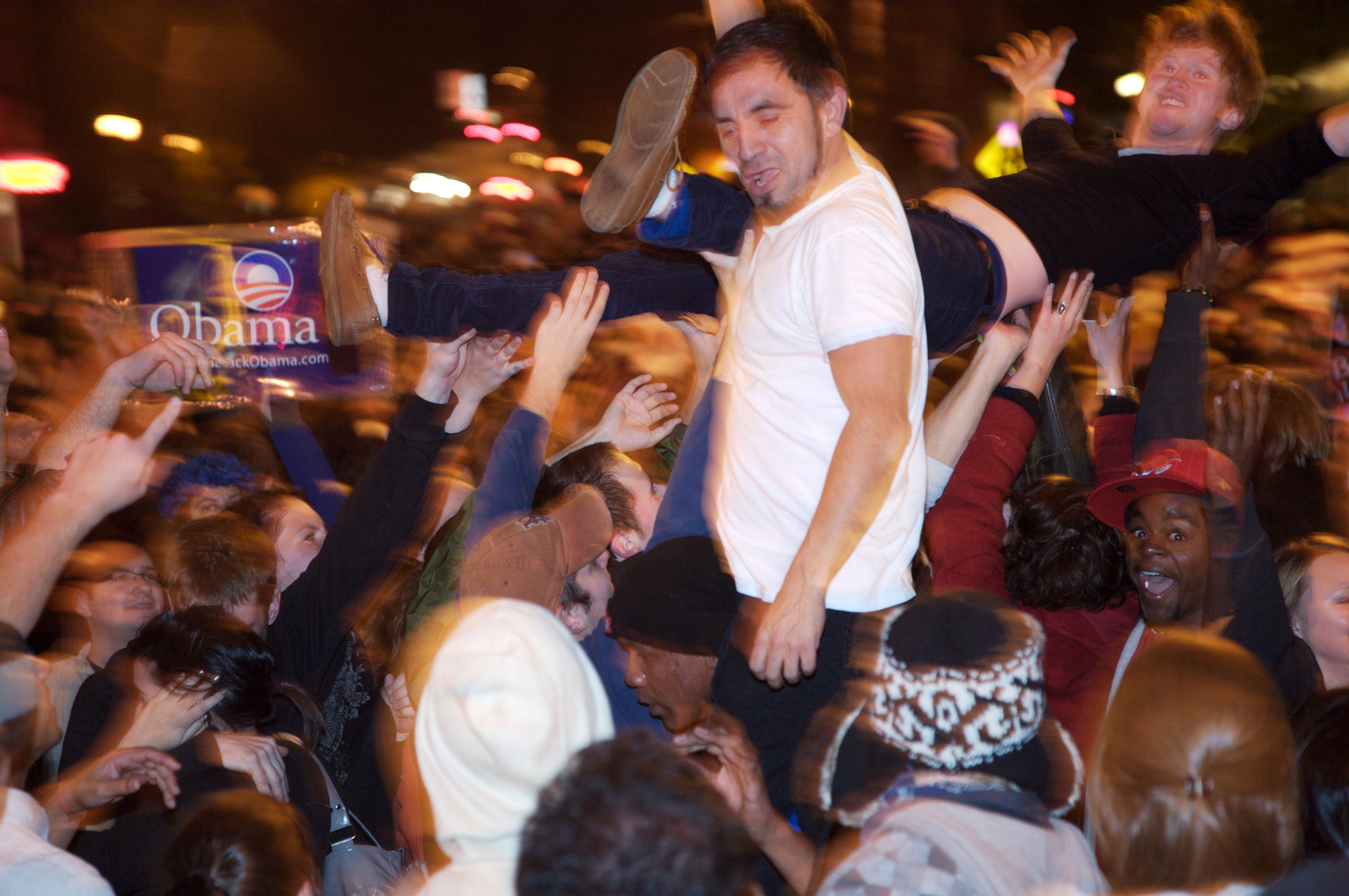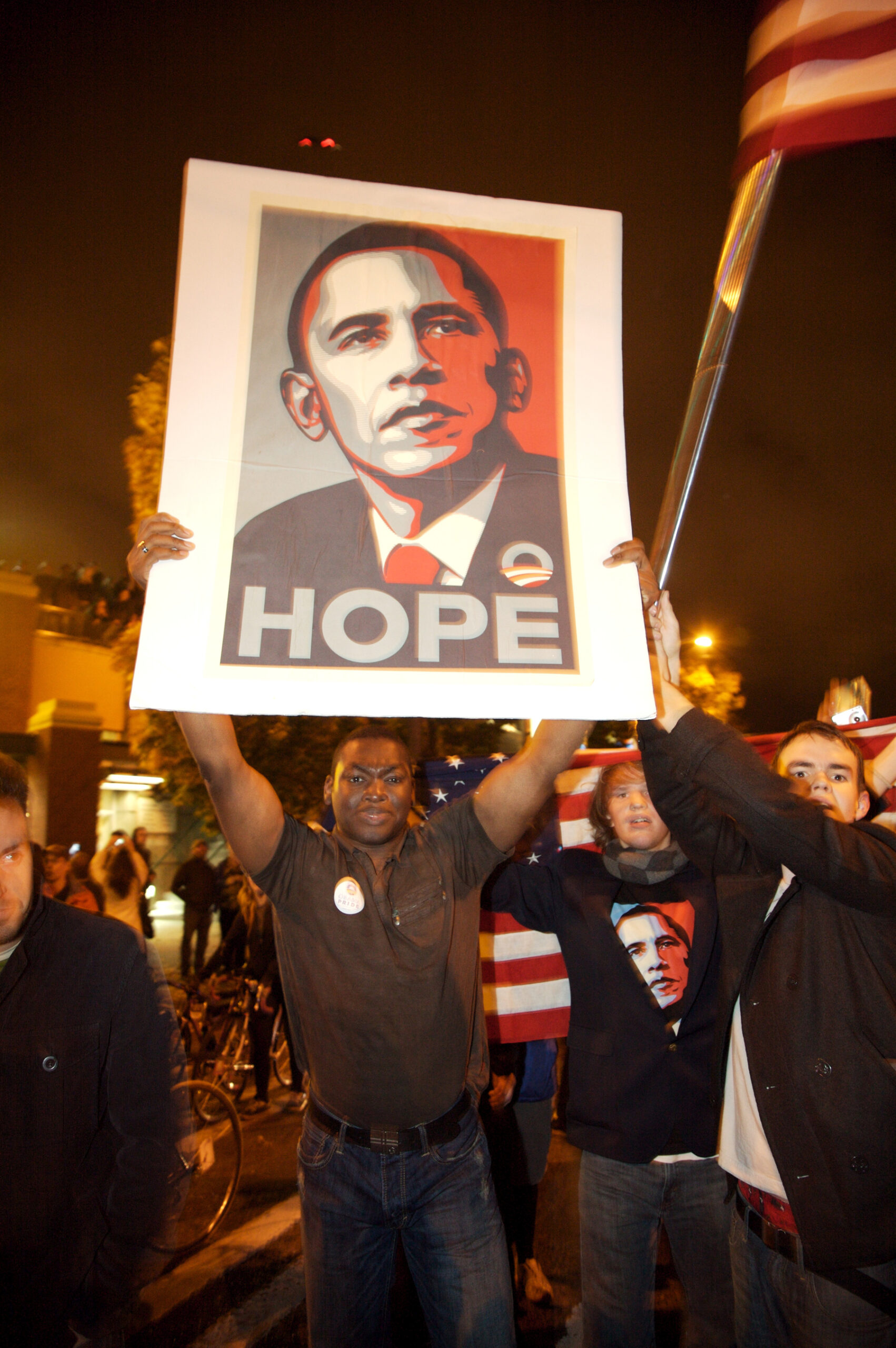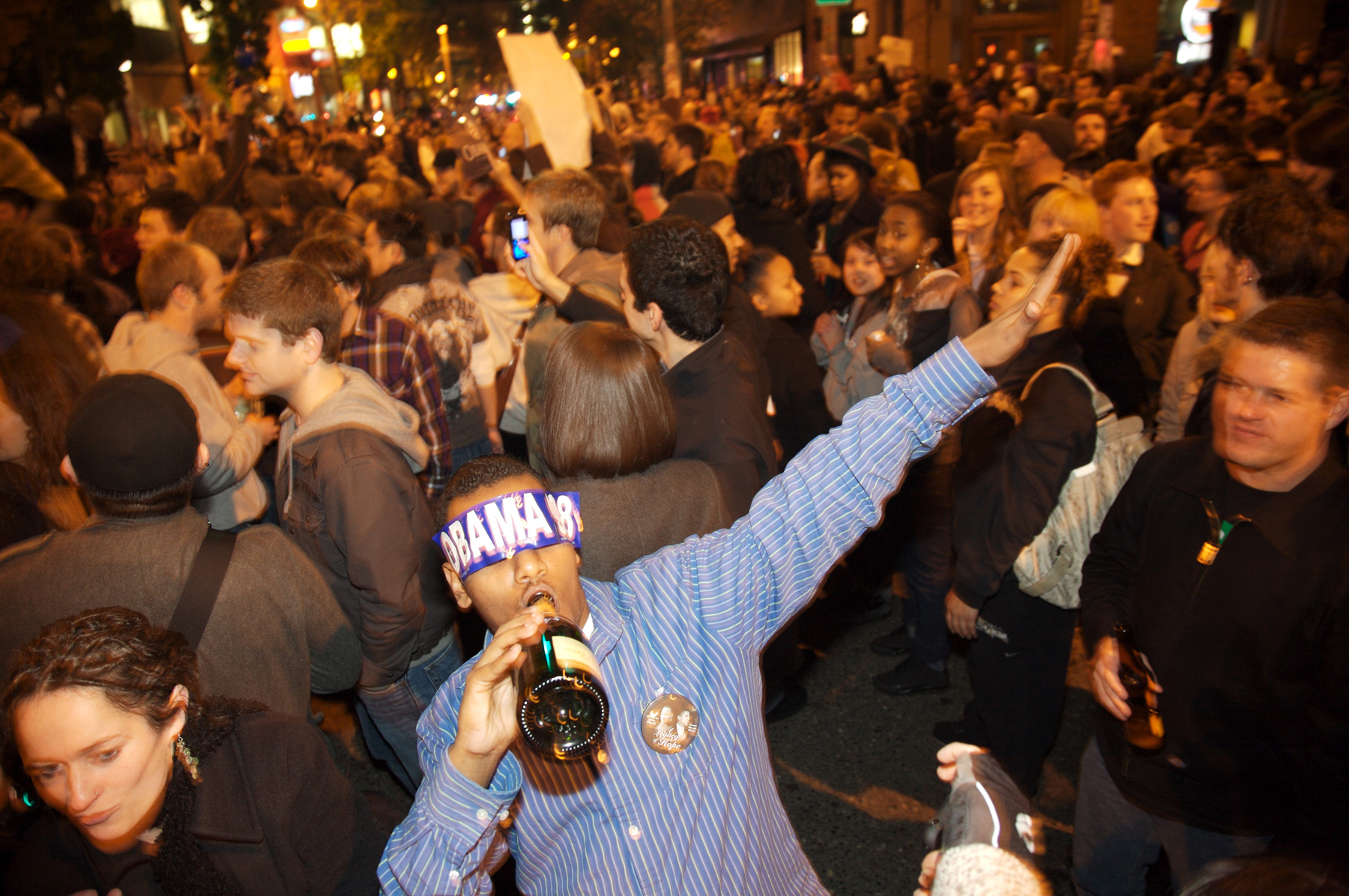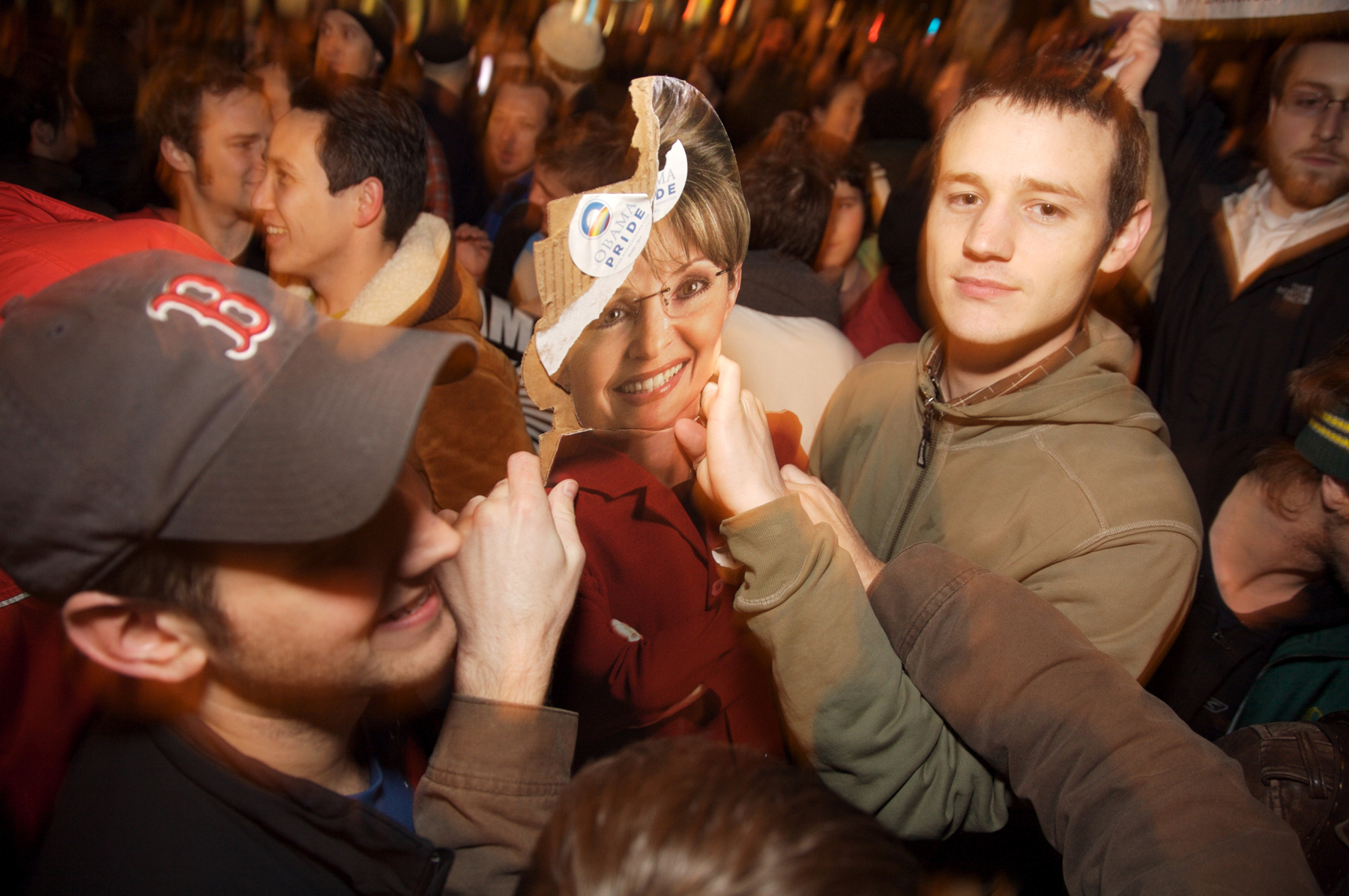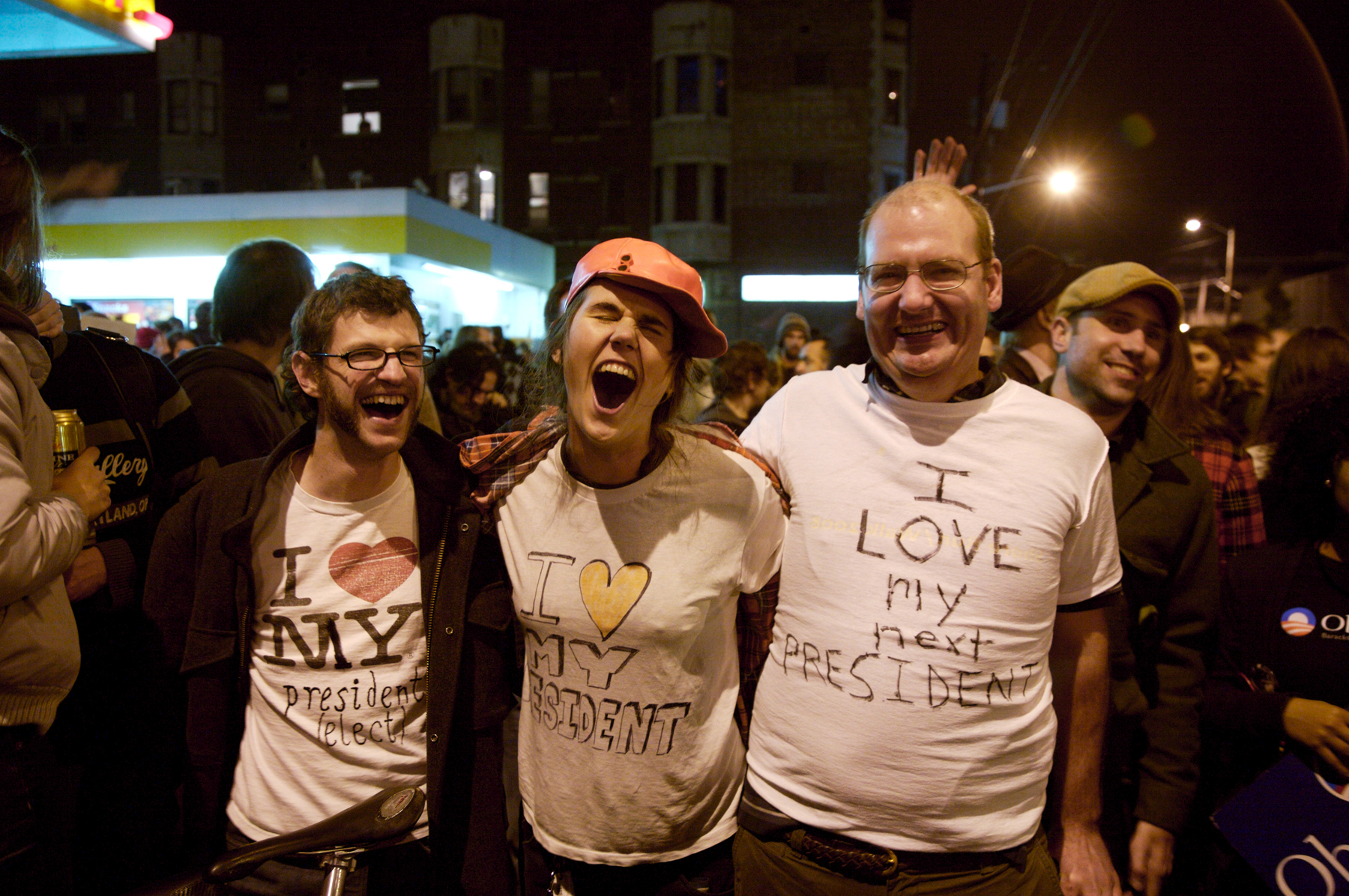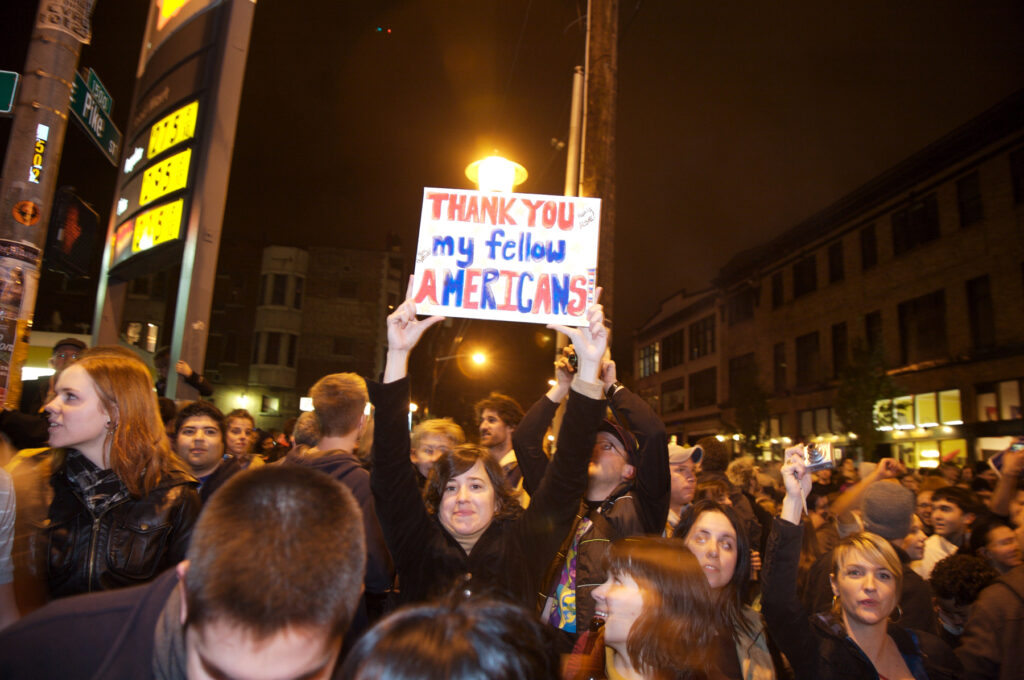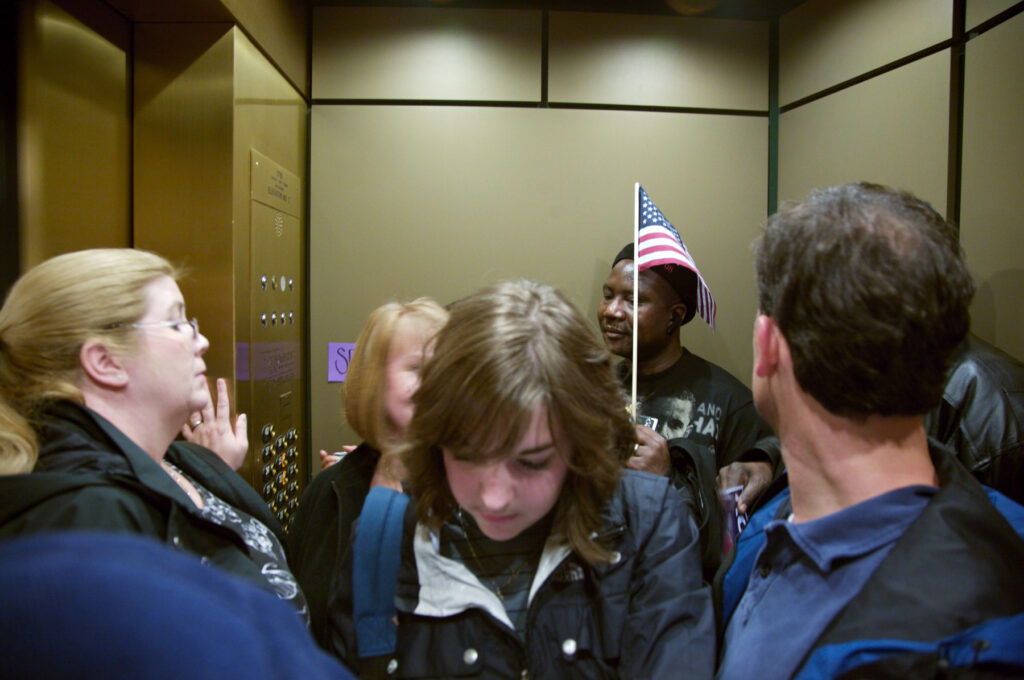The Road To Denver | Editorial Photo Essay
If you close your eyes during the first few seconds of Barack Obama’s 2008 “Something” campaign ad you can almost imagine it is the same person telling America’s story as in Ronald Reagan’s 1984 “It’s Morning Again in America” campaign ad. The voice, the pacing and the language feels like one page turn and the next chapter in the story picks up 24 years later. The first two lines of Reagan’s 1984 ad, “It’s Morning again, in America. Today, more men and women will go to work than ever before in our nation’s history.” The first line of Obama’s 2008 ad “Something’s happening In America. In small towns and big cities, people uniting in common purpose.” It is a call-back that evokes the sense of collective purpose and inevitability that anchored Reagan’s rhetoric. While Reagan was offering the comfort of stability and nostalgia after an era of uncertainty, Obama was offering up the promise of change during an era of uncertainty.
To further punctuate the contrast between these two ads I want to reference the 2008 Obama campaign’s “Signs of Hope”. Wherein the Reagan ad features a string of white faces with only one racially ambiguous profile, the Obama ad offers portraits of America’s endless racial and ethnic diversity. It is this diversity that is at the center of my attention in this photo essay. In my work as a photojournalist and organizer in my community there was a lot of talk about marginalization of Black and other non-white people from the centers of power in the local chapters of the Democratic Party. The irony being that there were plenty of prominent Black figures in the national wing of the party. Nevertheless, on the community level there was a real sense of disenfranchisement and lack of direct participation in party politics and activities. During the 2008 election season the Obama campaign changed all of that.
My youngest daughter was born in March of 2007, during her first year and a half I was her primary daytime caregiver. While her mother ran her catering
business in the mornings and early afternoons, I spent those hours at home watching the various cable news networks’ coverage of the presidential primary and election season. I immersed myself in local and national politics. It is during this time that I became aware that many people I knew had become active in the Washington State Democratic Party. People I knew as friends, fellow organizers and political activists, and others whom I’d photographed as a photojournalist. For many of them it was their first time engaging in party politics beyond casting a ballot on election day.
I wanted to understand how, or even if, the Obama campaign had transformed their faith in the working of the party politics. I began calling people I knew to talk about it and ultimately decided follow a few of them as they matriculated through the statewide caucus process. With only a scant understanding of the Washington state Democratic Party’s caucus system, I set out to cover the experiences of several people representing Washington State’s diverse ethnic communities of ethnic. My guess was that the level of participation from these communities would dwarf those of previous years. I set out to document, through photography and video, the experiences of a small group of people, most new to the political process, as they moved through the Washington State Democratic Party caucus system. Their ultimate goal to become delegates at the Democratic National Convention in Denver, CO. With some luck I hoped to find at least one person to follow the entire way through to Denver.
I have edited this portfolio essay to feature two people knew prior to this project, Peter Masundire and James Yee. I know Peter as a community friend. At the time he attended the same church as my then sister-in-law. He is a first-generation immigrant from Zimbabwe excited to be participating freely in electoral politics for the first time in his life. I met James Yee while photographing him for a ColorsNW Magazine story. He is Chinese American. The ColorsNW Magazine story covered his experience as a Muslim cleric in the U.S. Army and how his time in detention at Guantanamo Bay shaped his analysis of American politics. As two people aspiring to be delegates for Barack Obama at the Democratic National Convention, their backgrounds and political motivations couldn’t have been more different.
The images in this essay take a close look at the machinations of Democratic Party electoral politics on a local level. I also sought to create an intimate portrait of the people who decided to invest themselves in the process. In doing so I was reflecting on the power of political rhetoric, particularly as wielded by Barack Obama. I wanted to understand this moment in a personal way. In a way that transcended my own politics and point of view. I wanted to see how much truth there was behind the campaign rhetoric of the Obama campaign. Not so much political truth, but truth as it resides in the hearts and aspirations of ordinary people. People I knew and trusted. This essay, as a line of inquiry, is a response to the rhetorical power of “Something”, “Signs of Hope”, and even “It’s Morning Again In America”.
